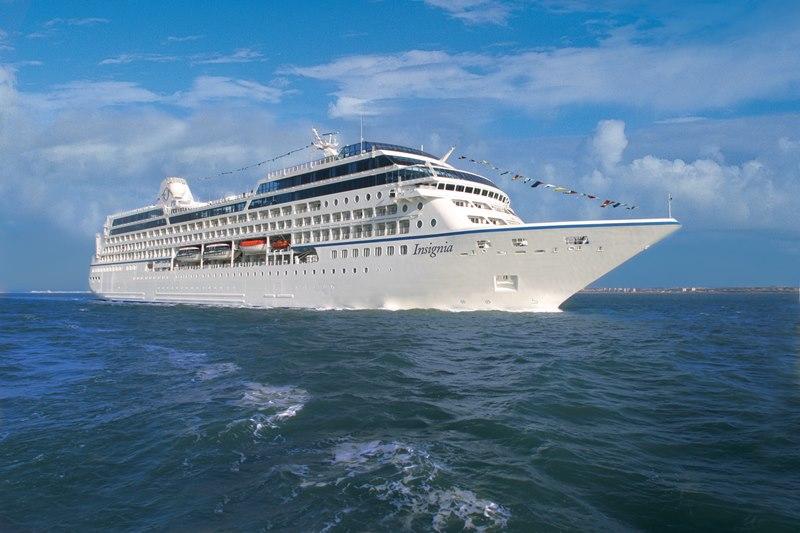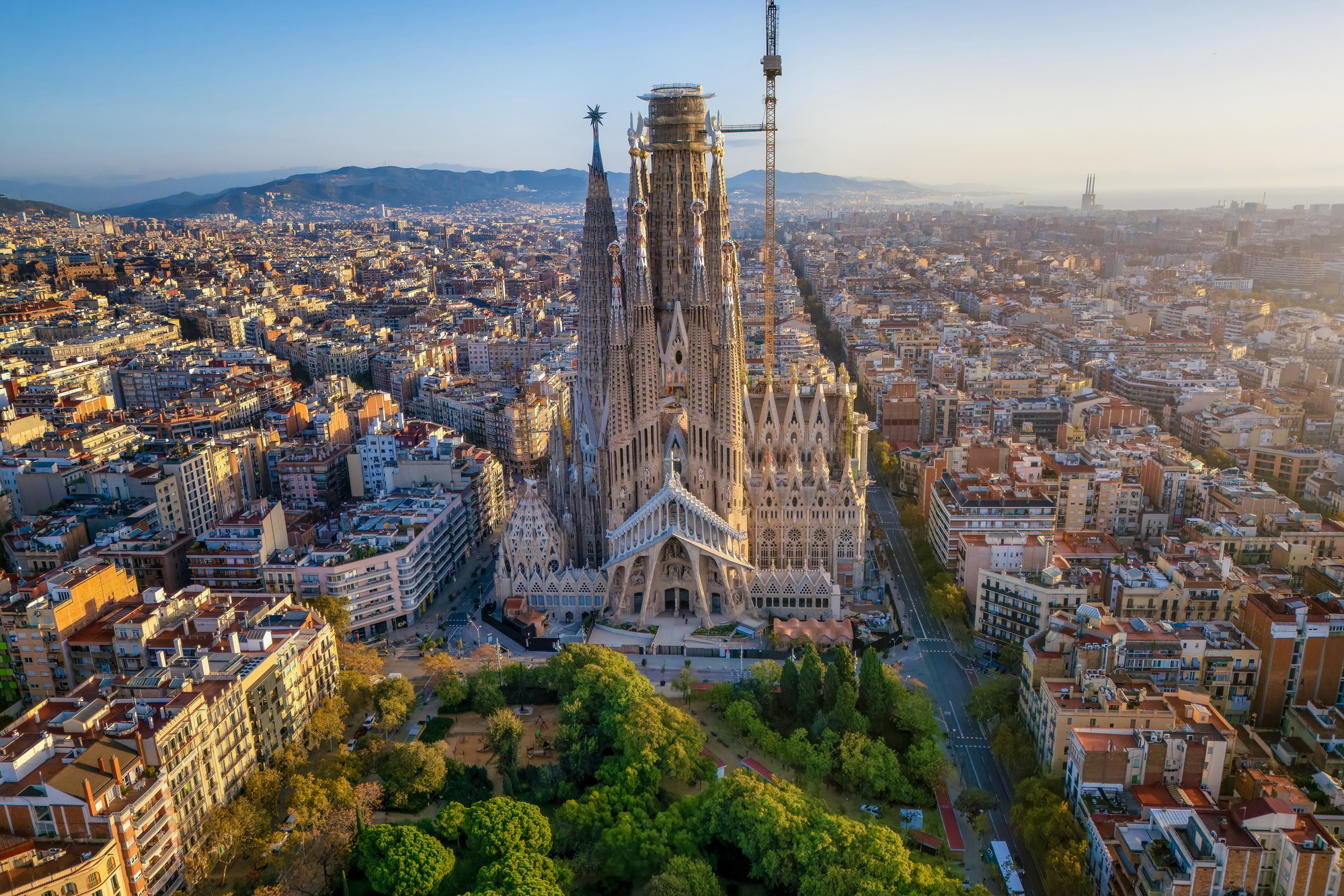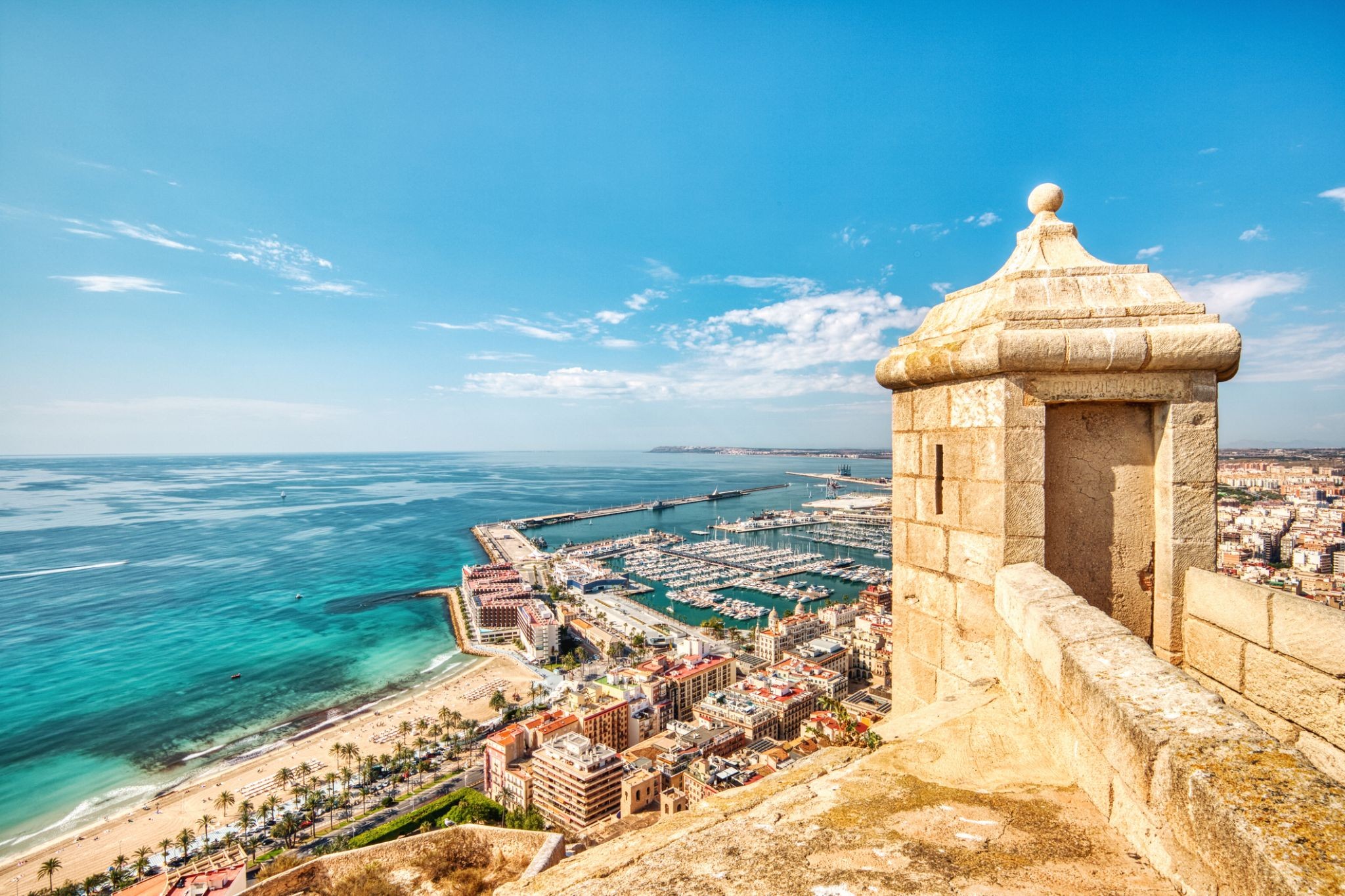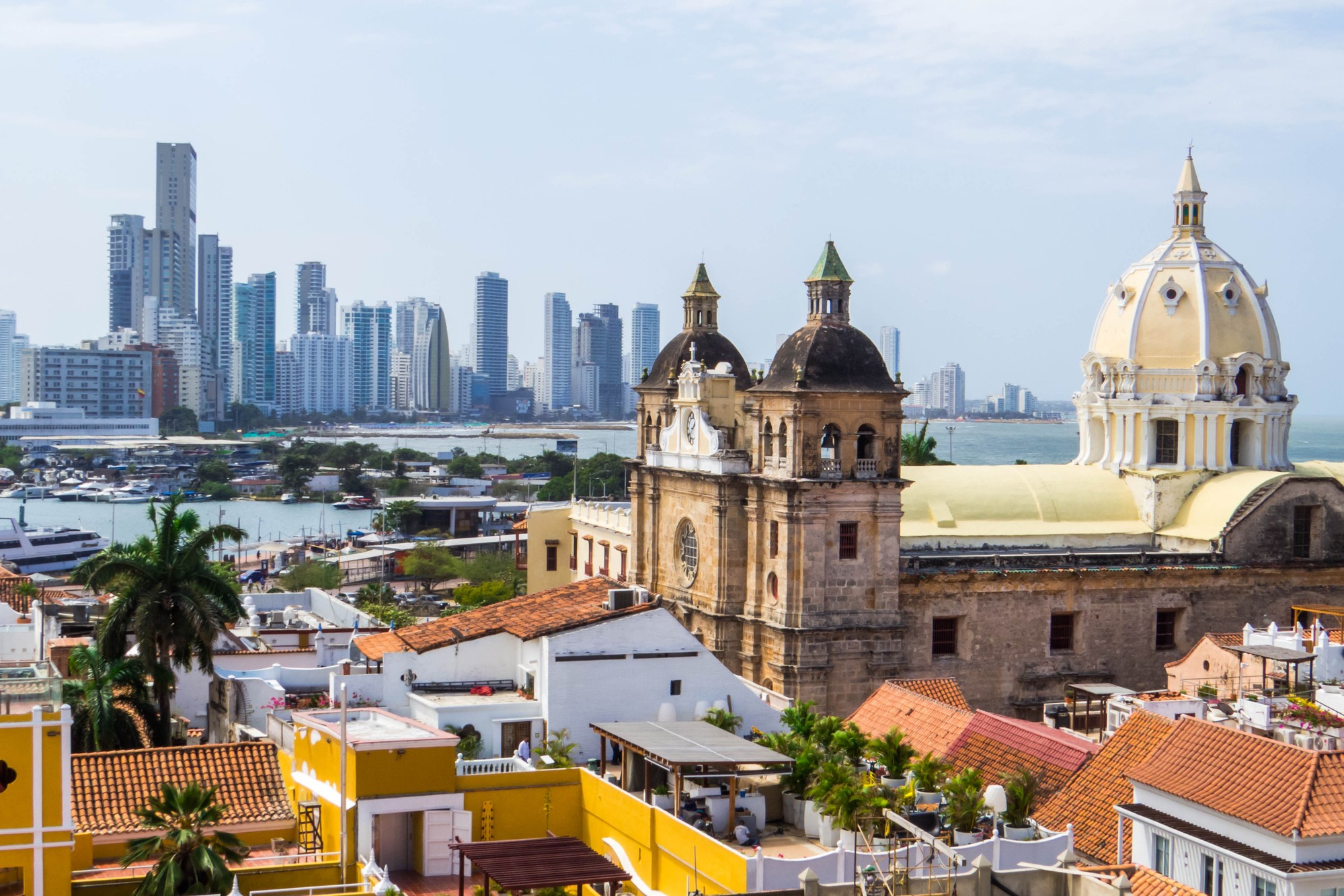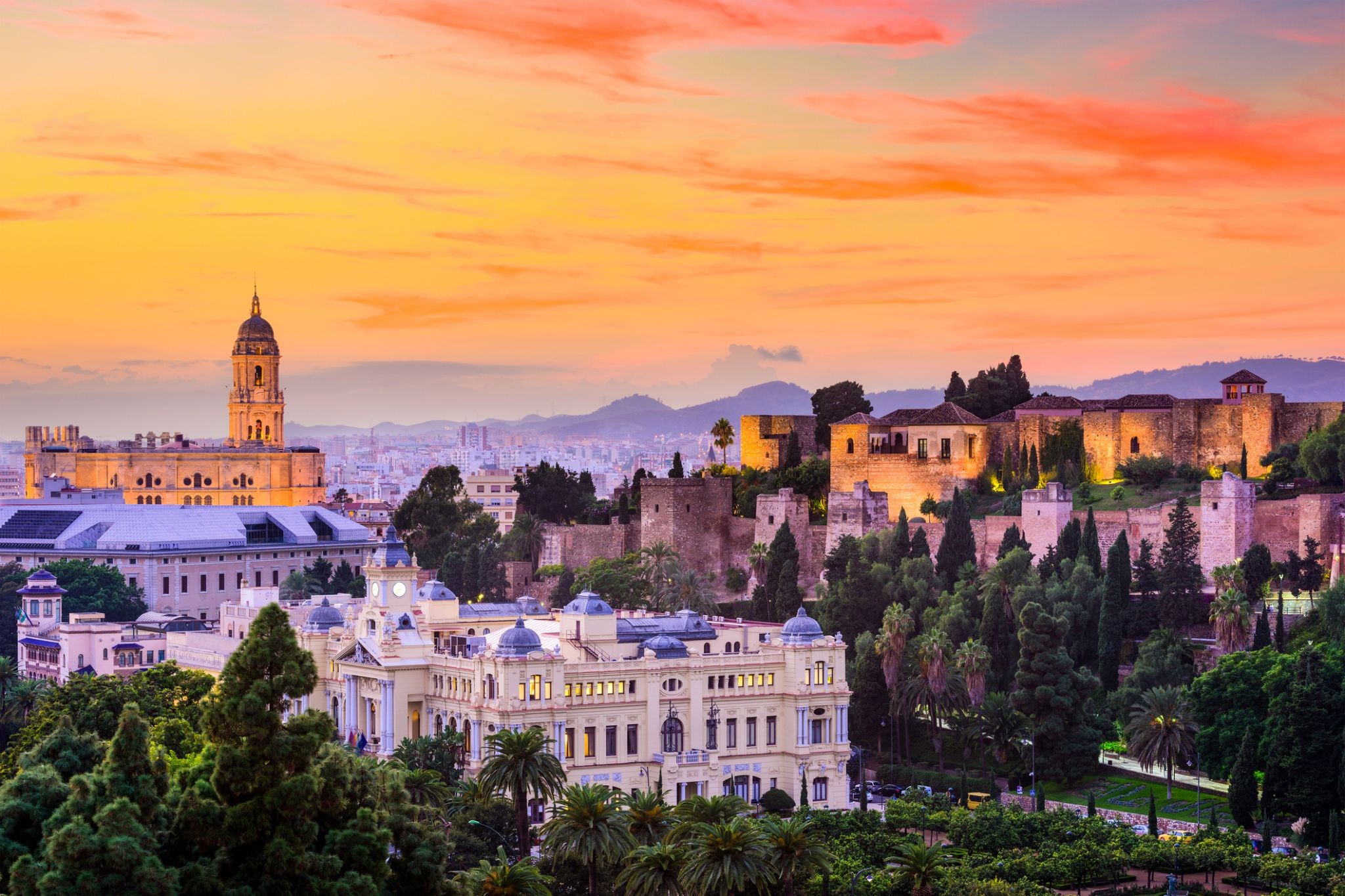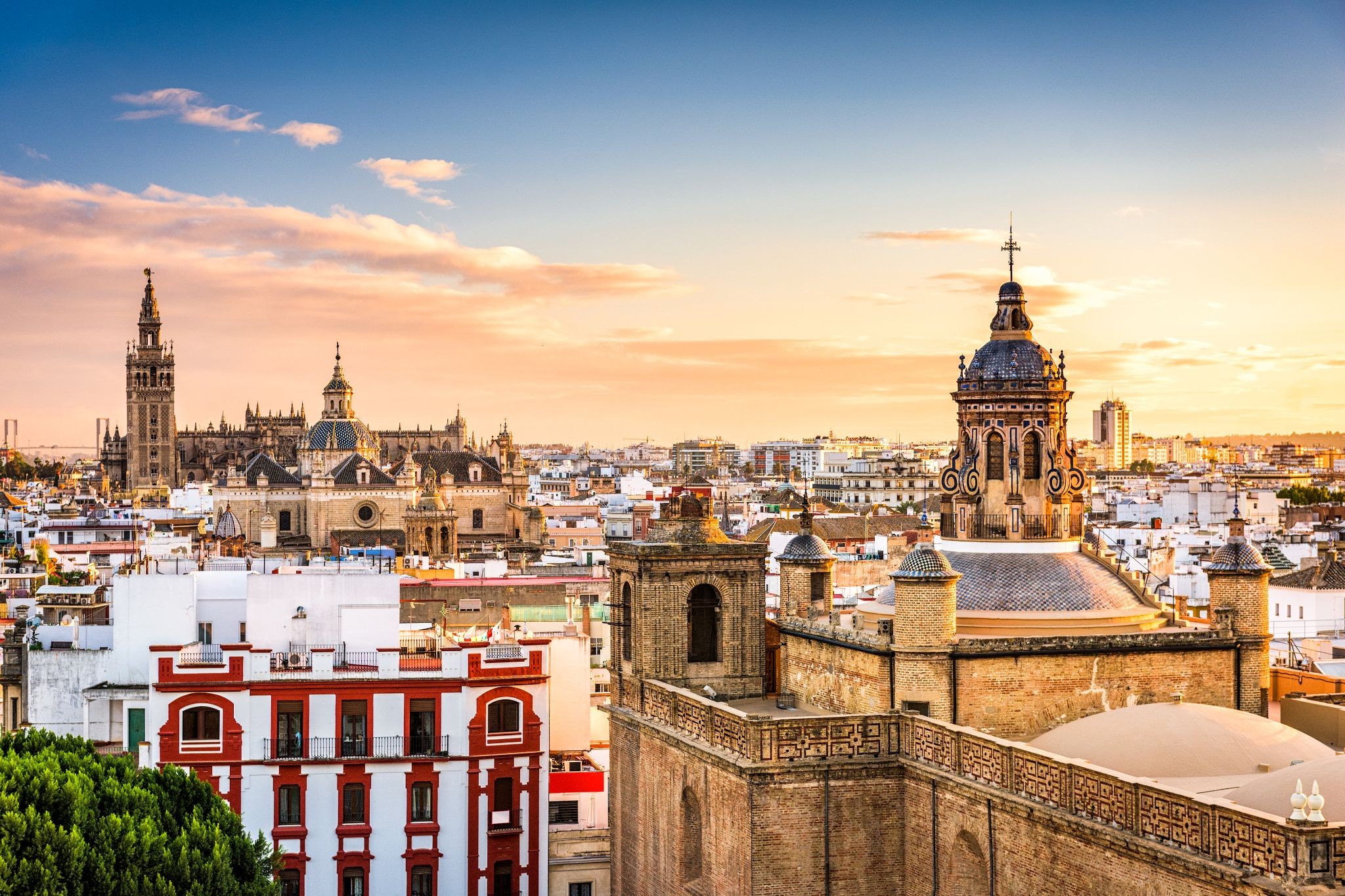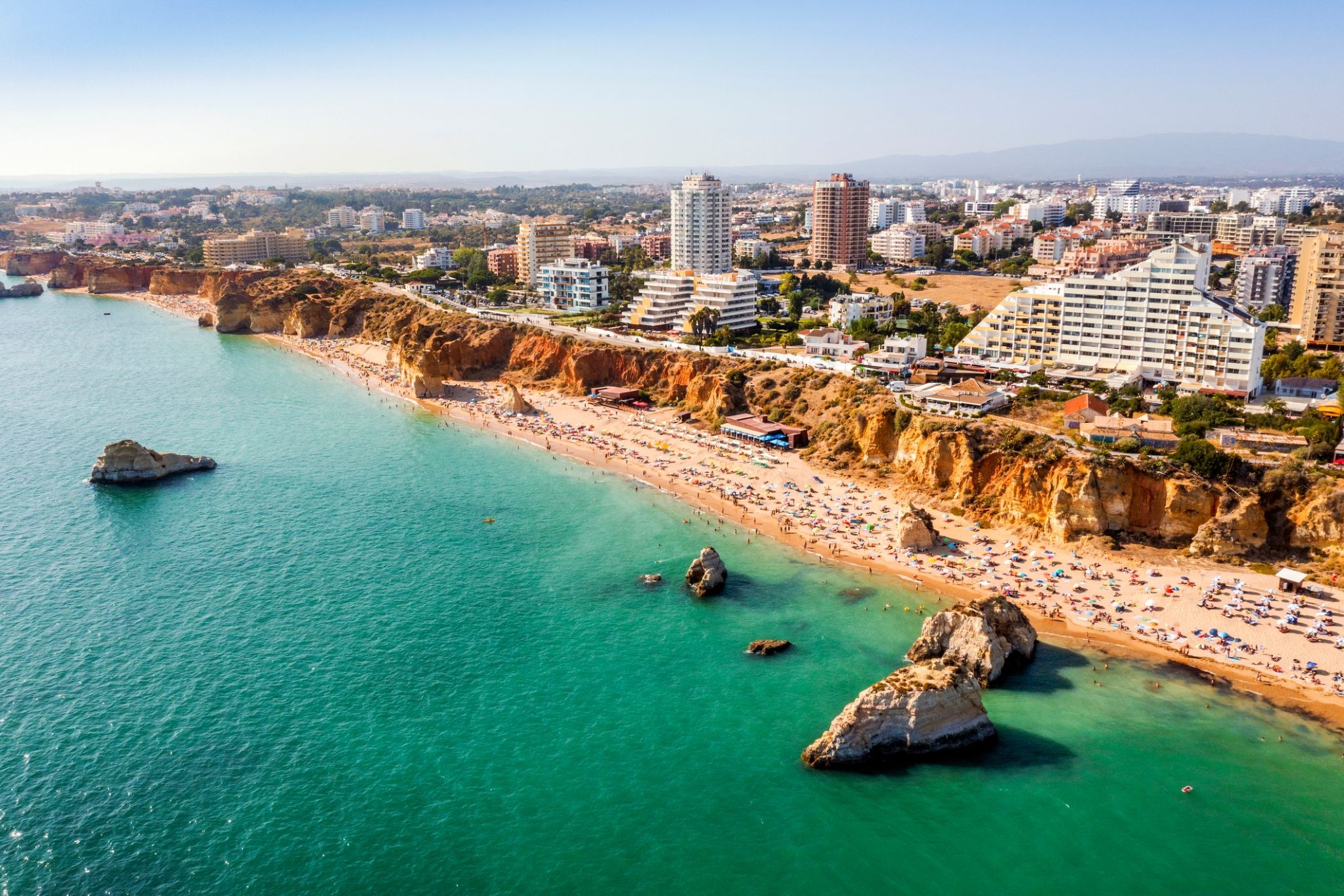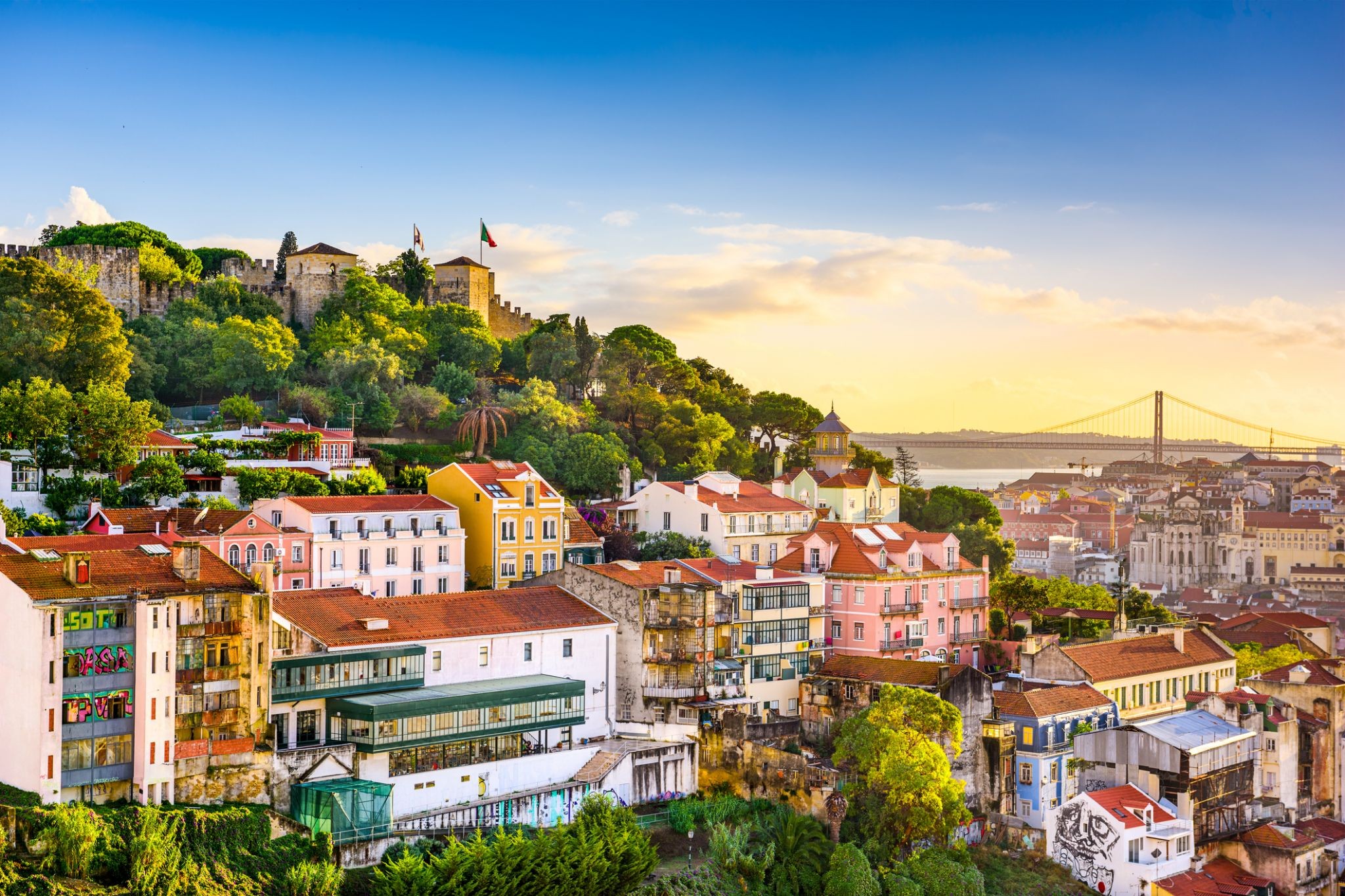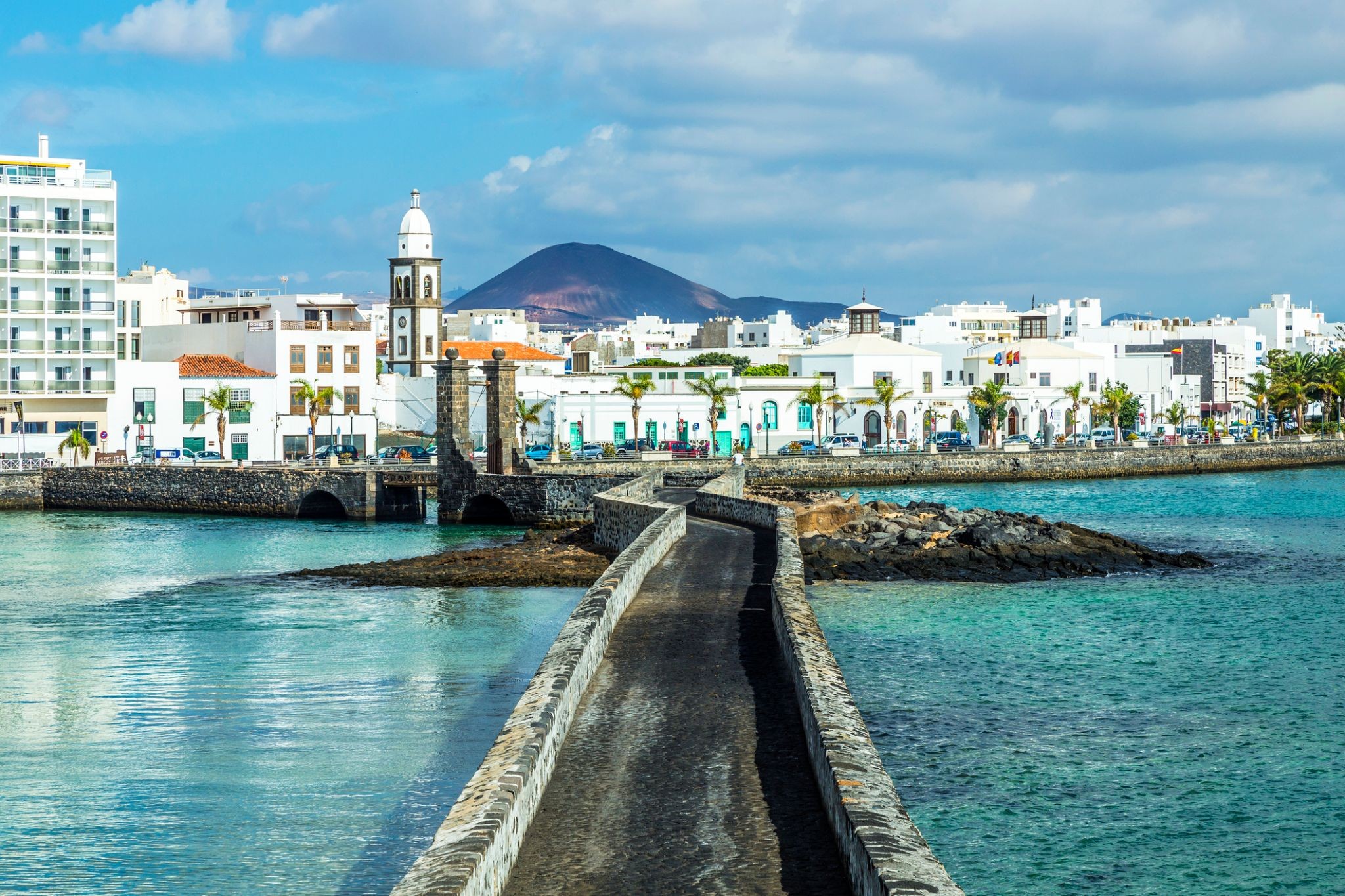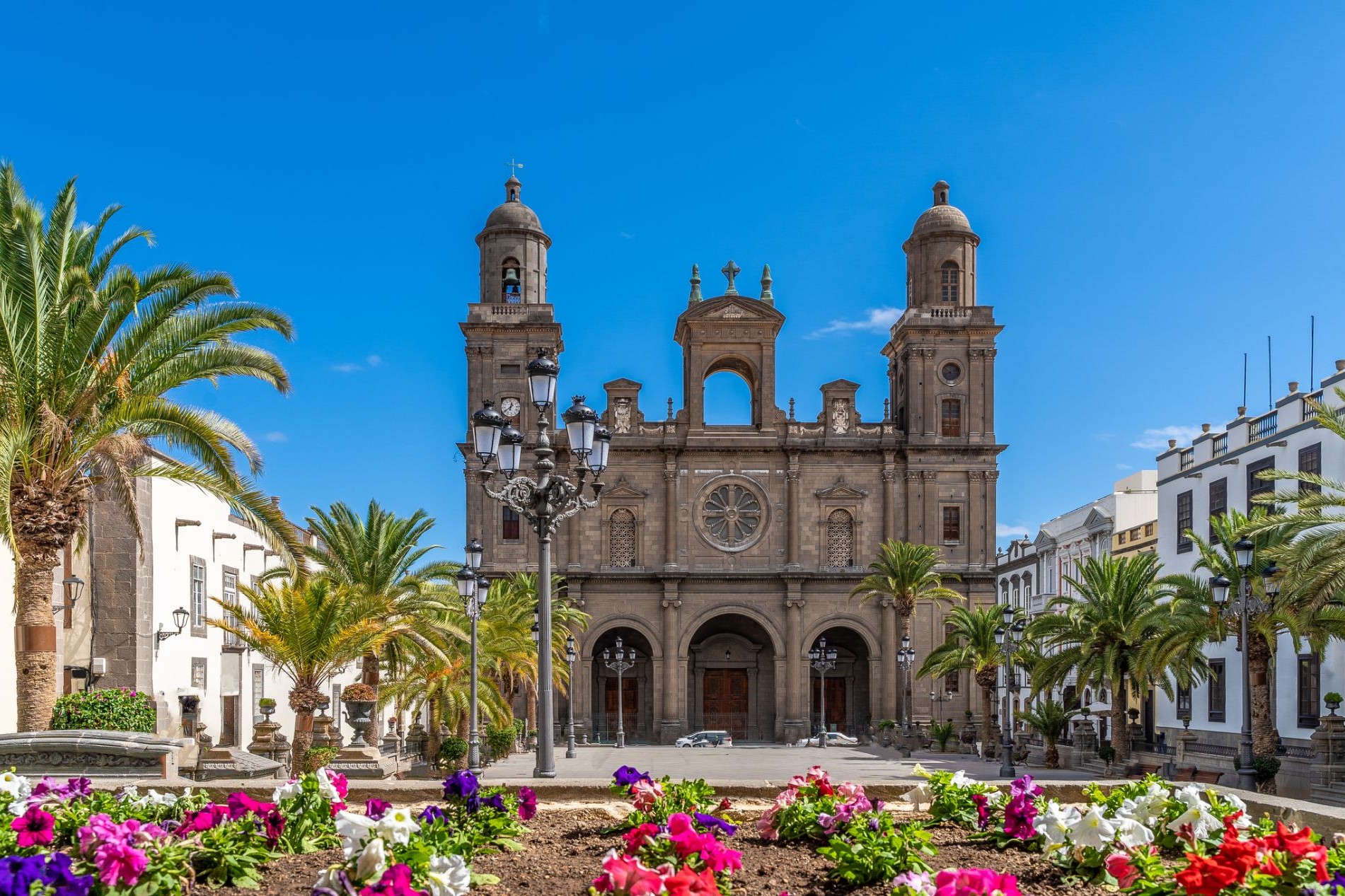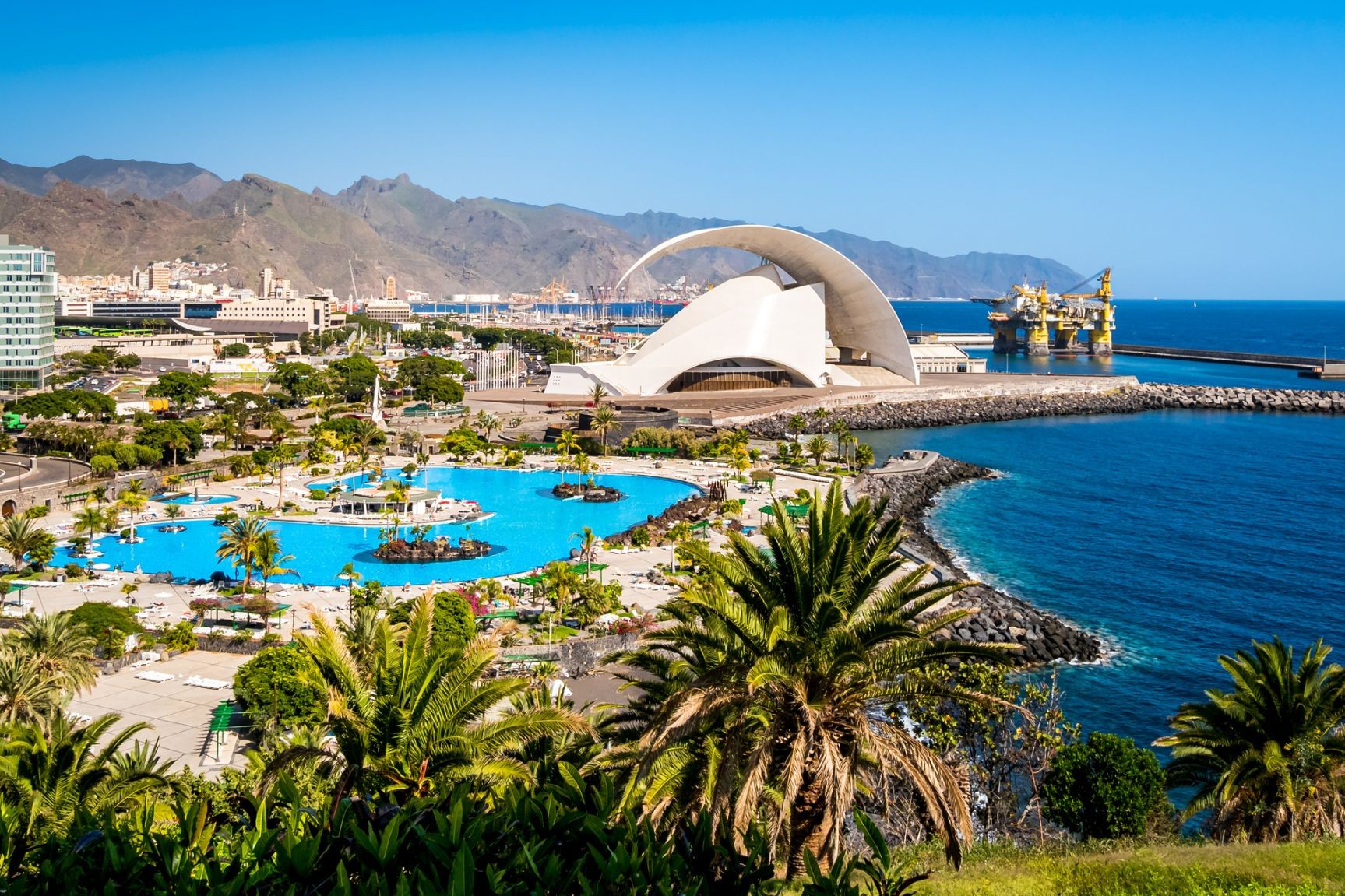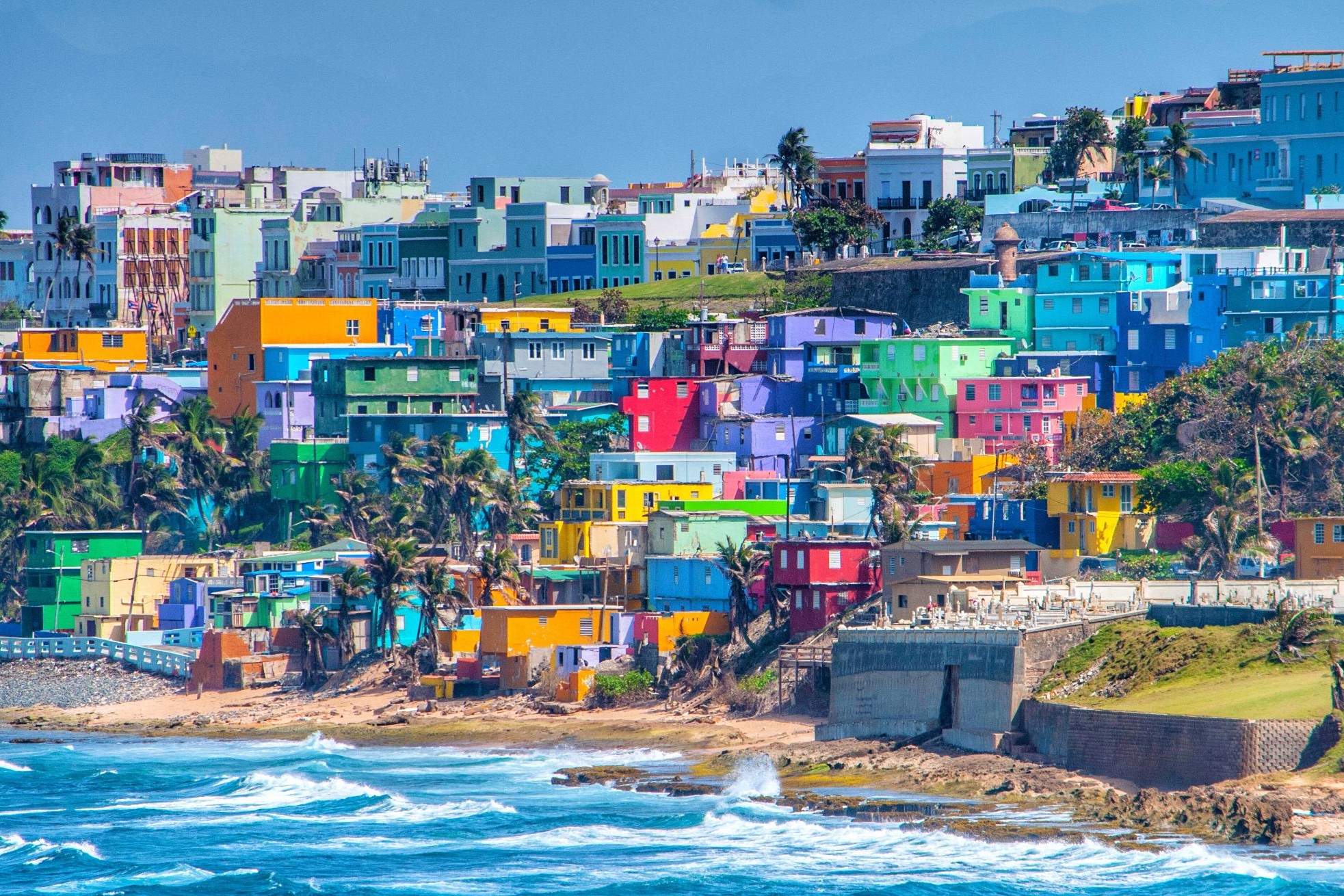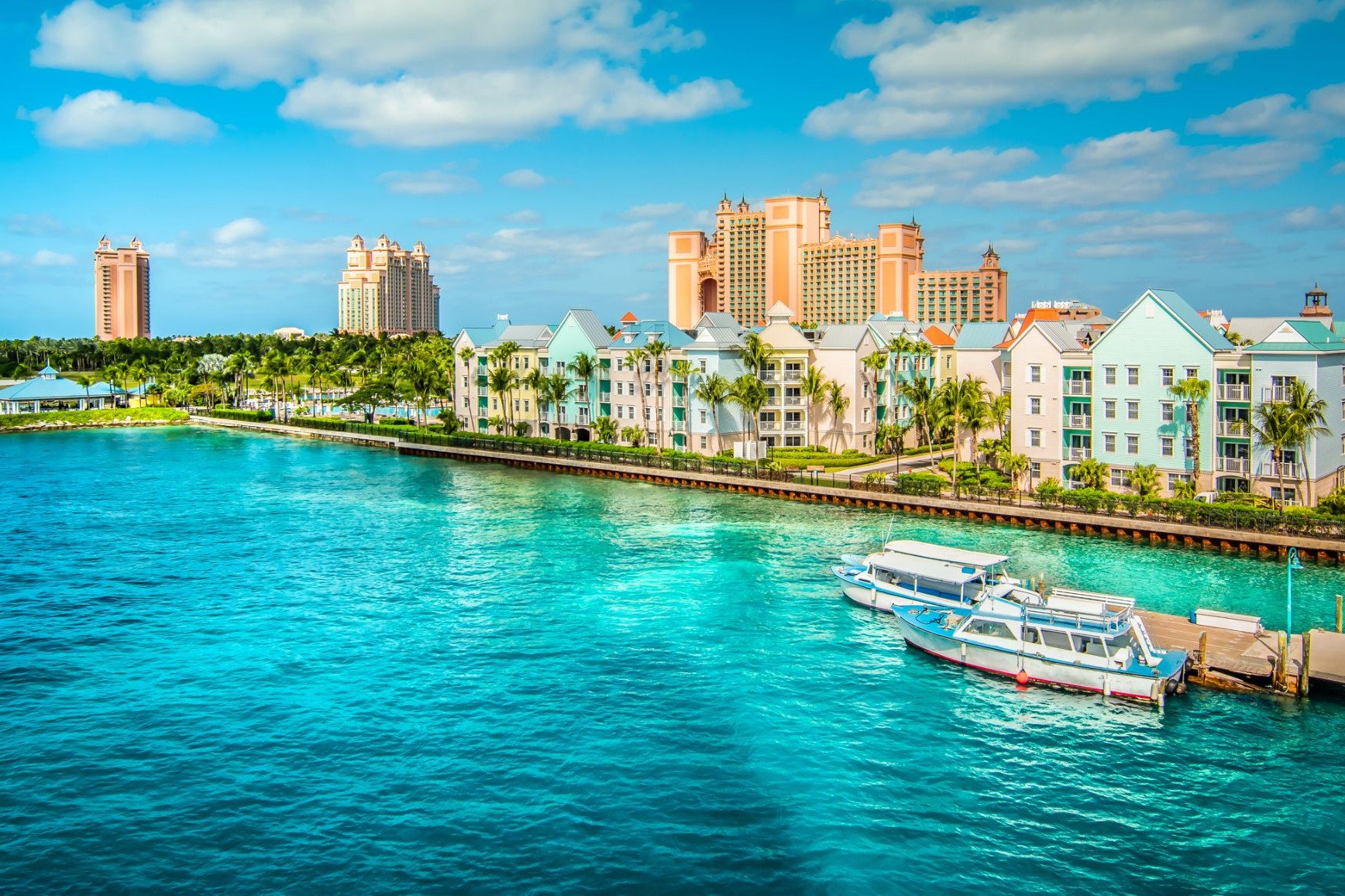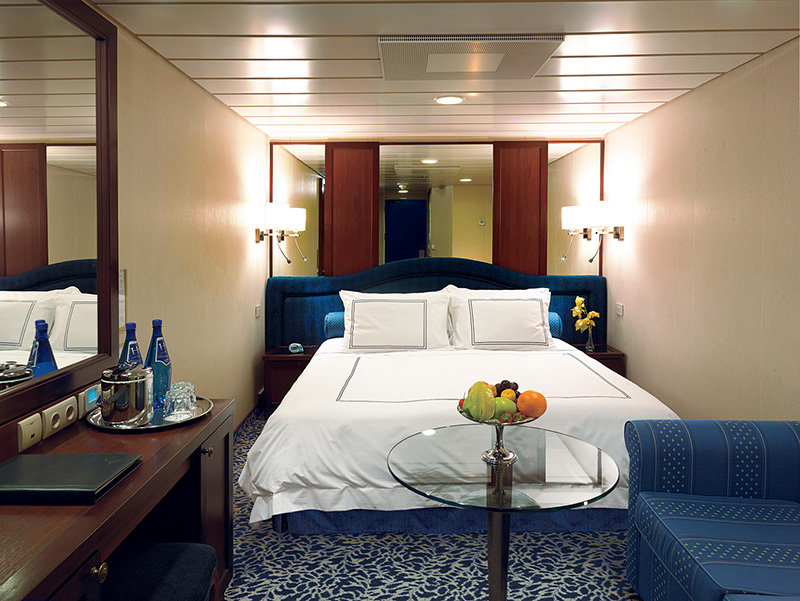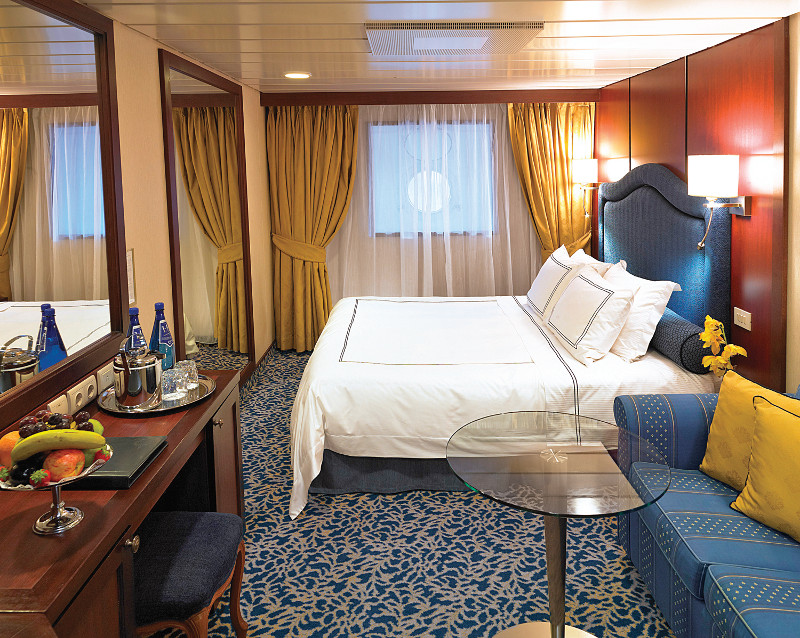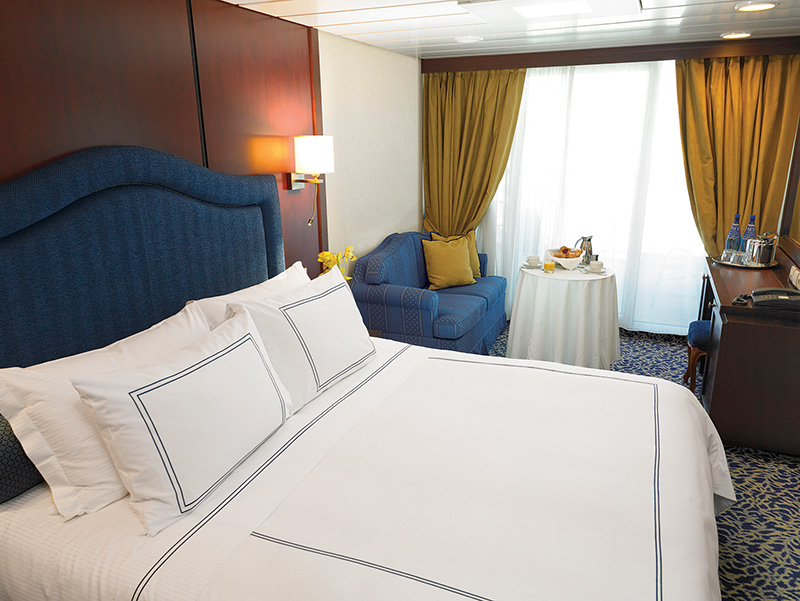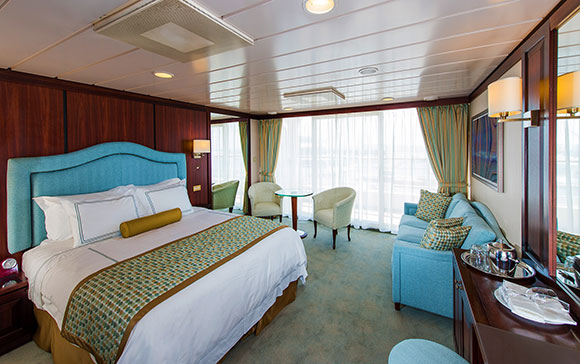
Rejs 30 941 173
Flamenco dla flamingów
| Region rejsu : Morze Śródziemne |
| Firma : Oceania Cruises |
| Statek : Insignia |
| Data rozpoczęcia : pon. 02 lis 2026 |
| Data zakończenia : wt. 24 lis 2026 |
| Liczba nocy : 22 nocy |
Harmonogram
| Dzień | Data | Port | Wypłynięcie | Odpłynięcie |
|---|---|---|---|---|
| 1 | 2.11 pon. | Barcelona / Hiszpania | 07:00 | 17:00 |
| 2 | 3.11 wt. | Palma de Mallorca / Hiszpania | 08:00 | 18:00 |
| 3 | 4.11 śr. | Alicante / Hiszpania | 08:00 | 18:00 |
| 4 | 5.11 czw. | Cartagena de Indias / Kolumbia | 07:00 | 17:00 |
| 5 | 6.11 pt. | Malaga / Hiszpania | 08:00 | 19:00 |
| 6 | 7.11 sob. | Sewilla / Hiszpania | 07:00 | 19:00 |
| 7 | 8.11 niedz. | Portiman / Portugalia | 07:00 | 17:00 |
| 8 | 9.11 pon. | Lizbona / Portugalia | 07:00 | 17:00 |
| 9 | 10.11 wt. | Dzień na morzu / Morze | ||
| 10 | 11.11 śr. | Arresife / Hiszpania | 10:00 | 18:00 |
| 11 | 12.11 czw. | Las Palmas (Gran Canaria) / Hiszpania | 07:00 | 17:00 |
| 12 | 13.11 pt. | Santa Cruz, około. Teneryfa (Wyspy Kanaryjskie) / Hiszpania | 07:00 | 17:00 |
| 13 | 14.11 sob. | Dzień na morzu / Morze | ||
| 14 | 15.11 niedz. | Dzień na morzu / Morze | ||
| 15 | 16.11 pon. | Dzień na morzu / Morze | ||
| 16 | 17.11 wt. | Dzień na morzu / Morze | ||
| 17 | 18.11 śr. | Dzień na morzu / Morze | ||
| 18 | 19.11 czw. | Dzień na morzu / Morze | ||
| 19 | 20.11 pt. | San Juan / Portoryko | 11:00 | |
| 20 | 21.11 sob. | San Juan / Portoryko | 11:00 | |
| 21 | 22.11 niedz. | Dzień na morzu / Morze | ||
| 22 | 23.11 pon. | Nassau / Bahamy | 11:00 | 17:00 |
| 23 | 24.11 wt. | Miami / USA | 07:00 | 17:00 |
-
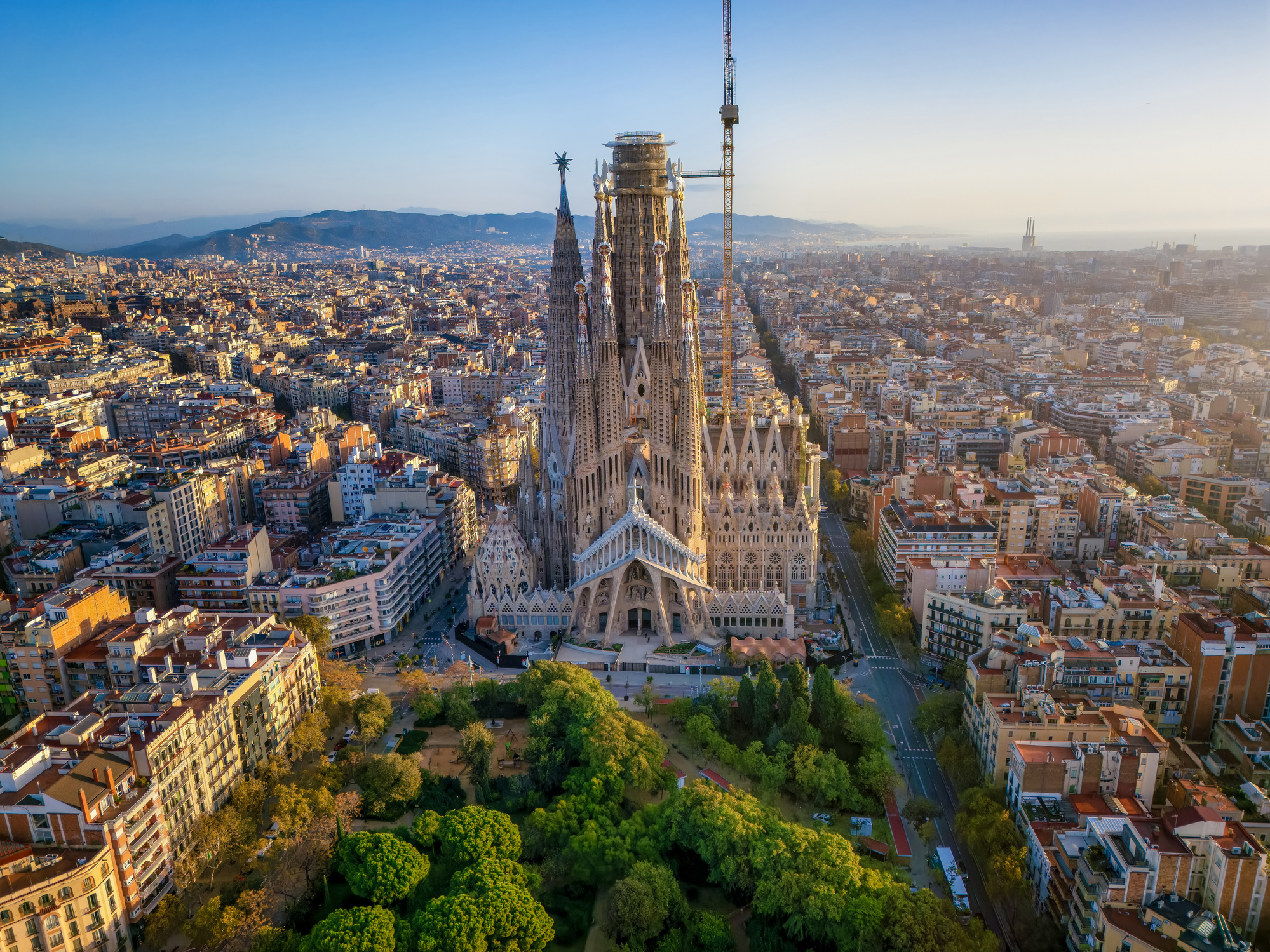 Dzień 1: 07:00-17:00
Dzień 1: 07:00-17:00Barcelona / Hiszpania
Mając reputację jednego z najatrakcyjniejszych miast w Europie, Barcelona świętuje swoją rolę stolicy Katalonii. Kosmopolityczna i międzynarodowa atmosfera miasta sprawia, że jest to ulubione miejsce wielu ludzi na całym świecie. Miasto jest szczególnie znane ze swojej architektury i sztuki – podróżnicy z całego świata przybywają, aby zobaczyć słynną Sagrada Familia i inne modernistyczne zabytki zaprojektowane przez Gaudiego.
Barcelona to miasto z licznymi i oryginalnymi możliwościami spędzania czasu wolnego, które sprawiają, że chcesz tu wracać. Położona na wybrzeżu Morza Śródziemnego Barcelona słynie z arcydzieł Gaudiego i architektury secesyjnej: jest jednym z najbardziej stylowych miast europejskich.
Miasto jest ośrodkiem nowych trendów w świecie kultury, mody i gastronomii. Dopełnieniem kreatywności artystów i projektantów jest ostrożne podejście do tradycyjnych placówek. Barcelona łączy w sobie urok i spokój historycznego centrum z awangardowymi nowoczesnymi dzielnicami i intensywnym tempem życia w jednym z najczęściej odwiedzanych miast na świecie.
-
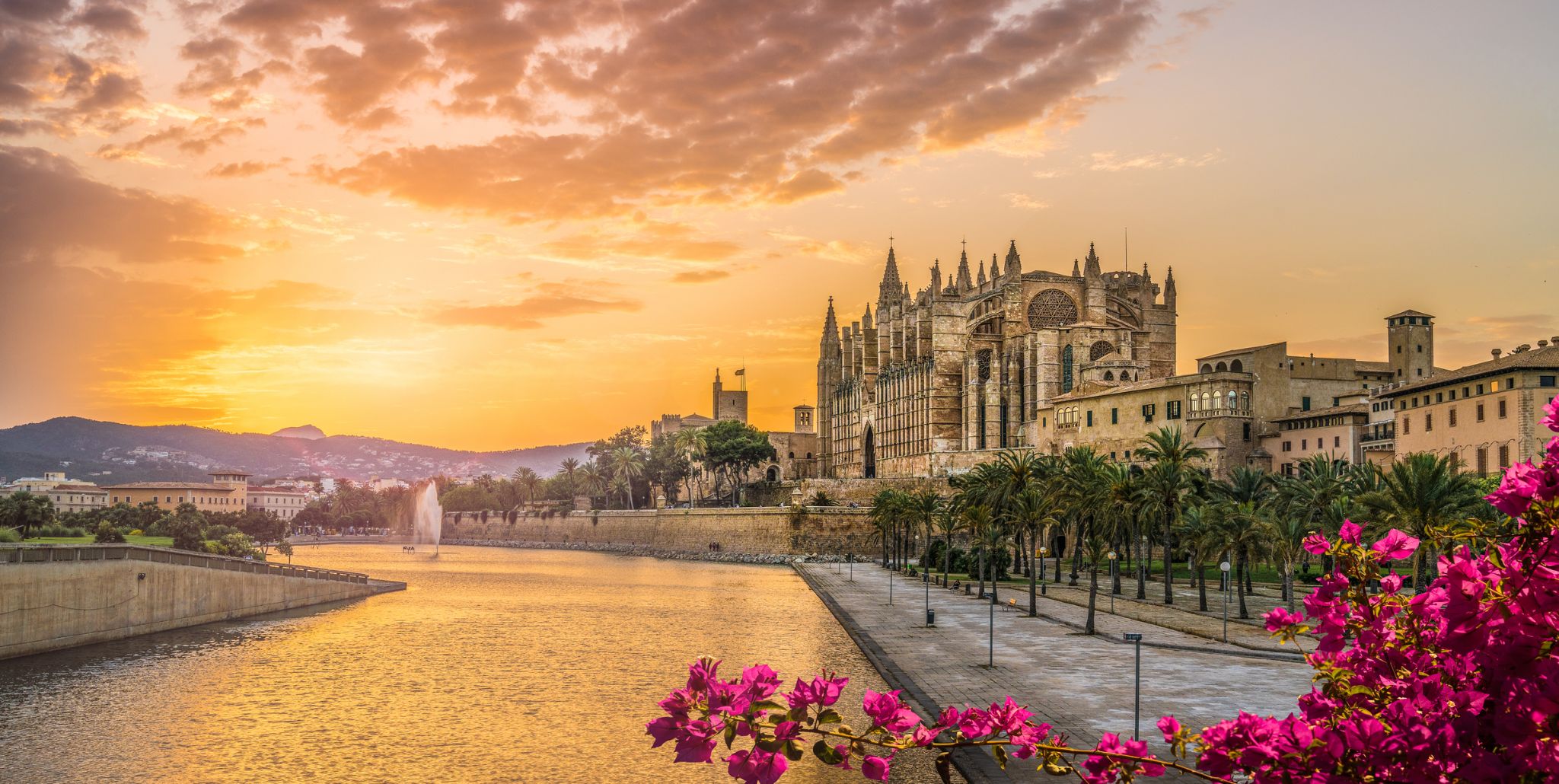 Dzień 2: 08:00-18:00
Dzień 2: 08:00-18:00Palma de Mallorca / Hiszpania
Mallorca is the largest island in the Balearic Islands, which are part of Spain and located in the Mediterranean. The native language, as on the rest of the Balearic Islands, is Catalan, which is co-official with Spanish.
The capital of the island, Palma, is also the capital of the autonomous community of the Balearic Islands. The Balearic Islands have been an autonomous region of Spain since 1983. There are two small islands off the coast of Mallorca: Cabrera (southeast of Palma) and Dragonera (west of Palma). The anthem of Mallorca is "La Balanguera".
Like the other Balearic Islands of Menorca, Ibiza and Formentera, the island is an extremely popular holiday destination, particularly for tourists from Germany and the United Kingdom. The international airport, Palma de Mallorca Airport, is one of the busiest in Spain; it was used by 28.0 million passengers in 2017, increasing every year since 2012.
The name derives from Classical Latin insula maior, "larger island". Later, in Medieval Latin, this became Maiorica, "the larger one", in comparison to Menorca, "the smaller one".
-
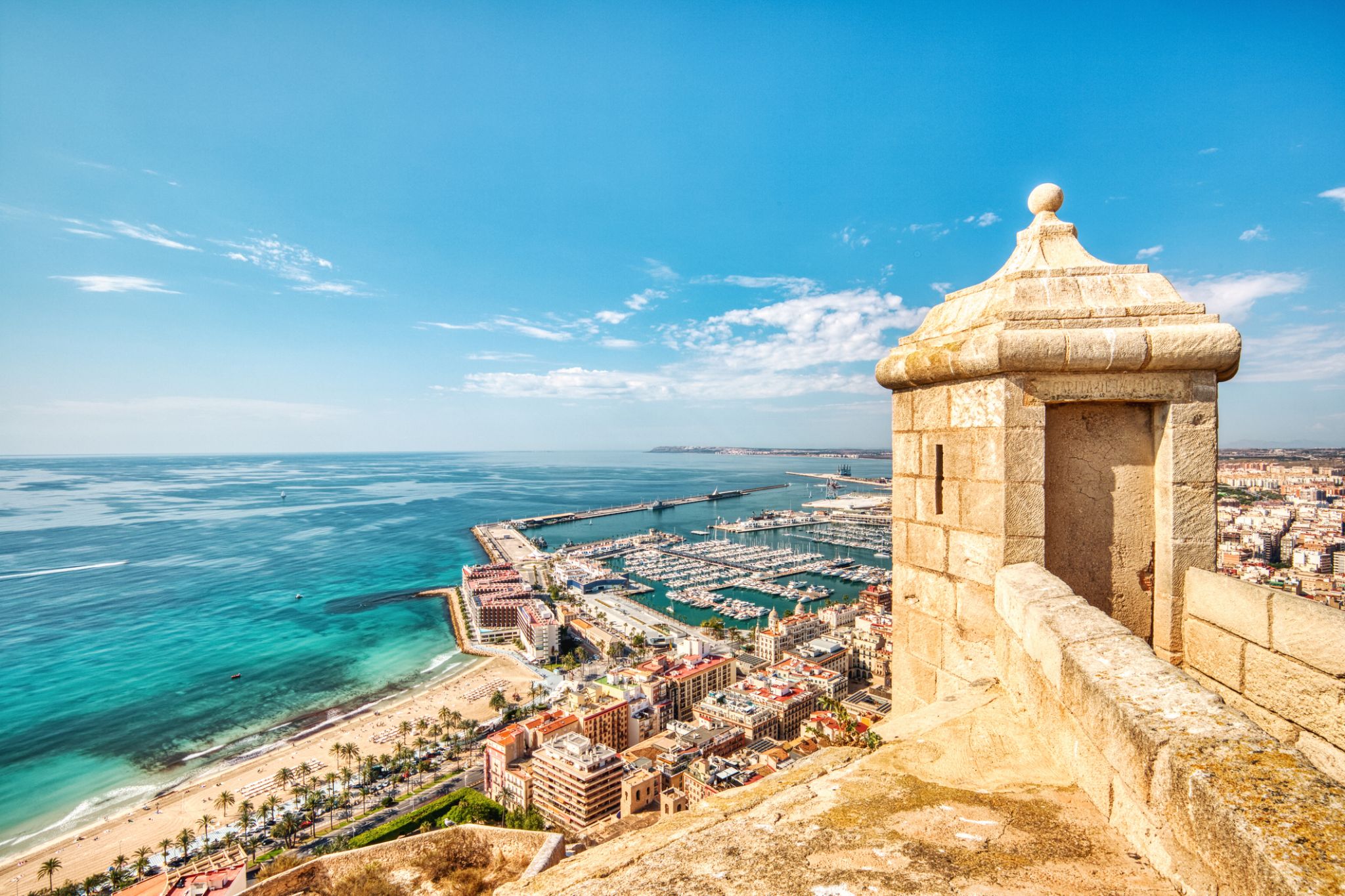 Dzień 3: 08:00-18:00
Dzień 3: 08:00-18:00Alicante / Hiszpania
Alicante, or Alacant , both the Spanish and Valencian being official names, is a city and port in Spain on the Costa Blanca, the capital of the province of Alicante and of the comarca of Alacantí, in the south of the Valencian Community. It is also a historic Mediterranean port. The population of the city of Alicante proper was 330,525, estimated as of 2016, ranking as the second-largest Valencian city. Including nearby municipalities, the Alicante conurbation had 452,462 residents. The population of the metropolitan area (including Elche and satellite towns) was 757,085 as of 2014 estimates, ranking as the eighth-largest metropolitan area of Spain.
-
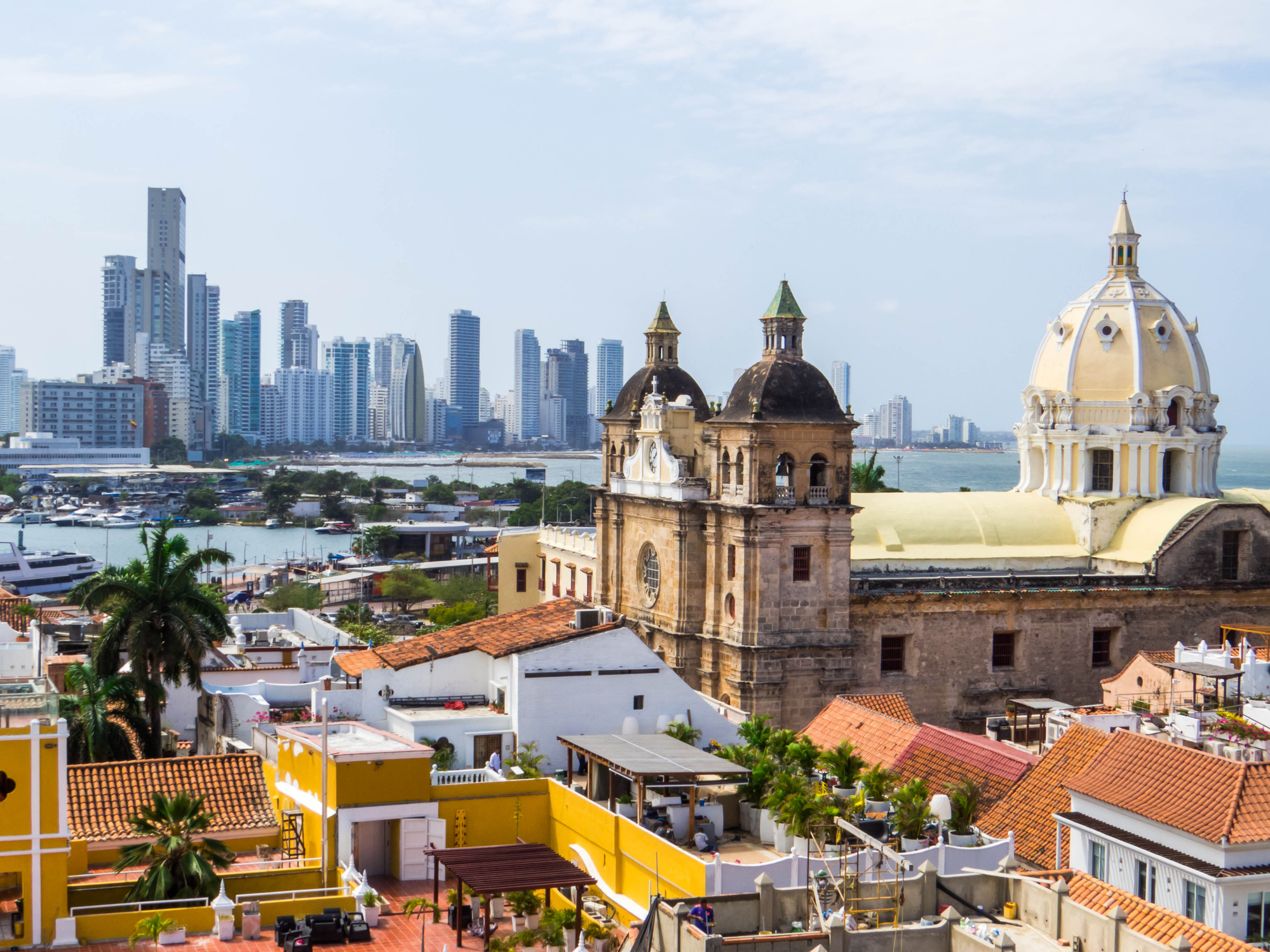 Dzień 4: 07:00-17:00
Dzień 4: 07:00-17:00Cartagena de Indias / Kolumbia
Cartagena de Indias – miasto w północnej Kolumbii, nad Morzem Karaibskim. Jest stolicą departamentu Bolívar. Według spisu ludności z 30 czerwca 2018 roku miasto liczyło 876 885 mieszkańców, co czyniło je trzecim pod względem wielkości populacji miastem kraju.
W mieście rozwinął się przemysł rafineryjny, stoczniowy, chemiczny, włókienniczy, skórzany oraz spożywczy.
-
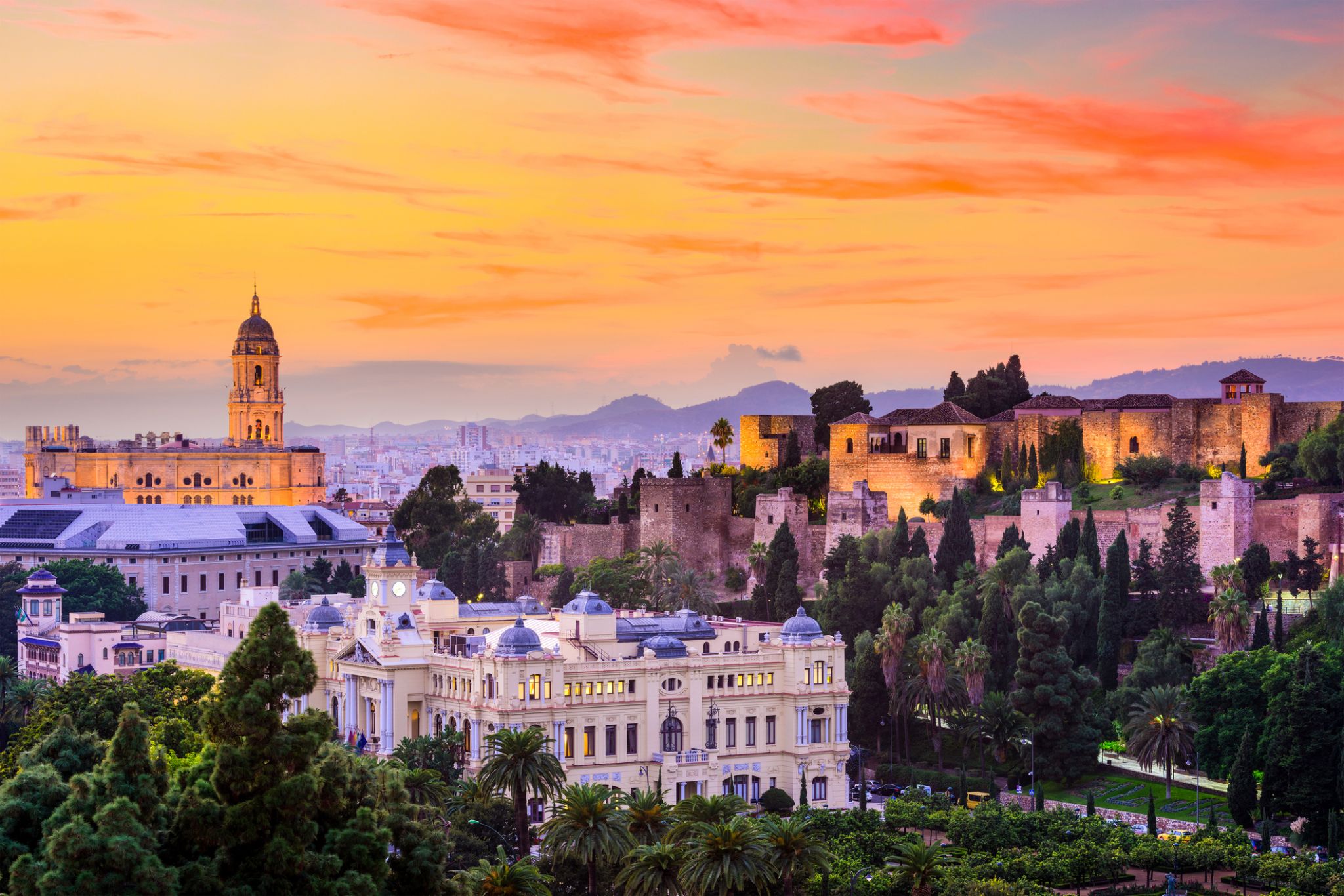 Dzień 5: 08:00-19:00
Dzień 5: 08:00-19:00Malaga / Hiszpania
Málaga is a municipality, capital of the Province of Málaga, in the Autonomous Community of Andalusia, Spain. With a population of 569,130 in 2015, it is the second-most populous city of Andalusia and the sixth-largest in Spain. The southernmost large city in Europe, it lies on the Costa del Sol (Coast of the Sun) of the Mediterranean, about 100 kilometres (62.14 miles) east of the Strait of Gibraltar and about 130 km (80.78 mi) north of Africa.
Málaga's history spans about 2,800 years, making it one of the oldest cities in the world. According to most scholars, it was founded about 770 BC by the Phoenicians as Malaka From the 6th century BC the city was under the hegemony of Ancient Carthage, and from 218 BC, it was ruled by the Roman Republic and then empire as Malaca (Latin). After the fall of the empire and the end of Visigothic rule, it was under Islamic rule as Mālaqah for 800 years, but in 1487, the Crown of Castille gained control after the Reconquista. The archaeological remains and monuments from the Phoenician, Roman, Arabic and Christian eras make the historic center of the city an "open museum", displaying its history of nearly 3,000 years.
This important cultural infrastructure and the artistic heritage have culminated in the nomination of Málaga as a candidate for the 2016 European Capital of Culture.
The painter and sculptor Pablo Picasso, Hebrew poet and Jewish philosopher Solomon Ibn Gabirol and the actor Antonio Banderas were born in Málaga. The magnum opus of Cuban composer Ernesto Lecuona, "Malagueña", is named after the music of this region of Spain.
The most important business sectors in Málaga are tourism, construction and technology services, but other sectors such as transportation and logistics are beginning to expand. The Andalusia Technology Park (PTA), located in Málaga, has enjoyed significant growth since its inauguration in 1992. Málaga is the main economic and financial centre of southern Spain, home of the region's largest bank, Unicaja, and the fourth-ranking city in economic activity in Spain behind Madrid, Barcelona and Valencia.
-
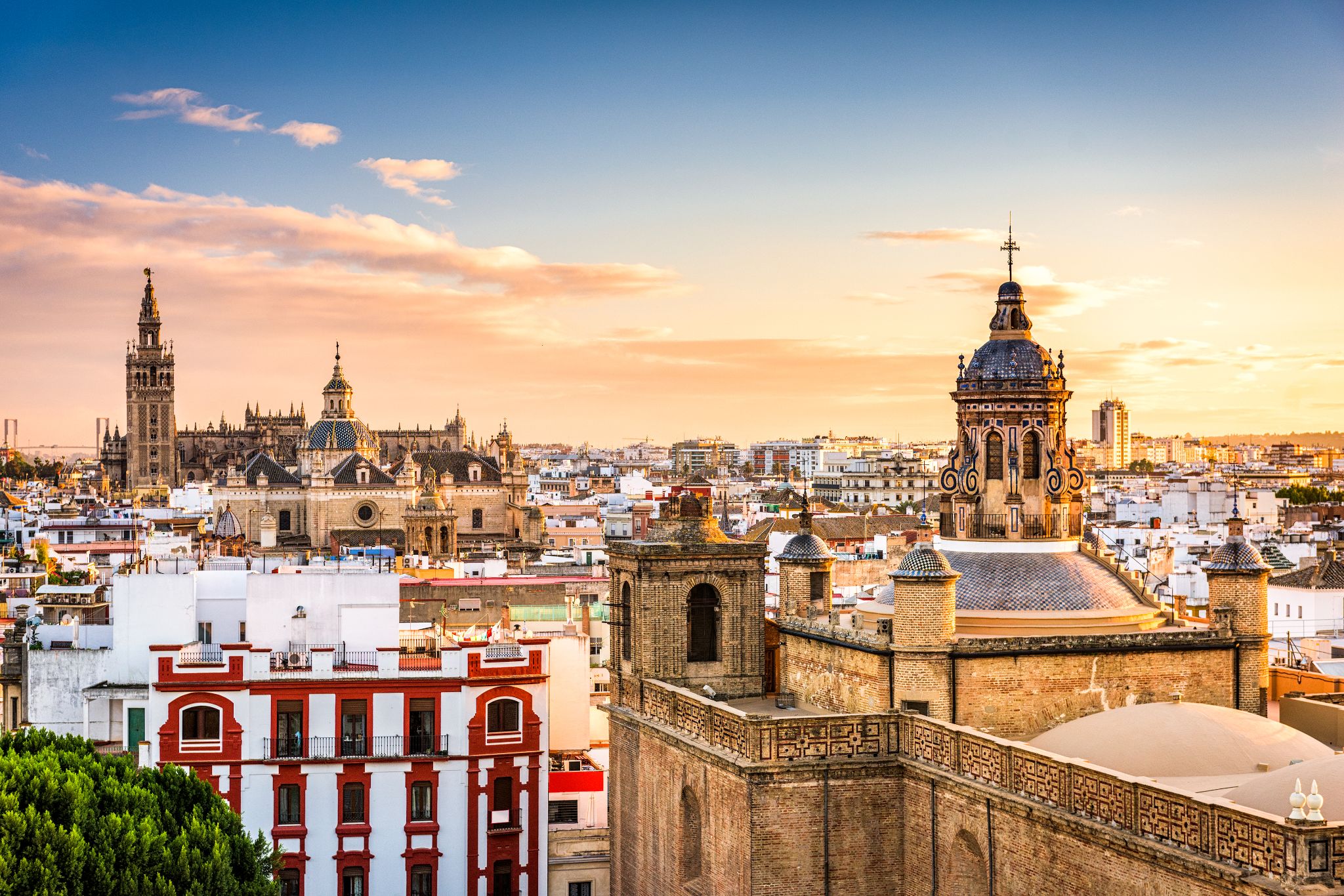 Dzień 6: 07:00-19:00
Dzień 6: 07:00-19:00Sewilla / Hiszpania
Sewilla jest stolicą i największym miastem autonomicznej wspólnoty Andaluzji oraz prowincji Sewilla w Hiszpanii. Położona jest na równinie rzeki Gwadalkiwir. Mieszkańców miasta nazywa się sevillanos (forma żeńska: sevillanas) lub hispalenses, od rzymskiej nazwy miasta, Hispalis. Sewilla liczy około 690 000 mieszkańców (dane z 2016 roku), a jej obszar metropolitalny około 1,5 miliona, co czyni ją czwartym co do wielkości miastem w Hiszpanii i 30. najbardziej zaludnioną gminą w Unii Europejskiej. Jej Stare Miasto o powierzchni 4 kilometrów kwadratowych (2 mile kwadratowe) zawiera trzy obiekty światowego dziedzictwa UNESCO: zespół pałacowy Alcázar, Katedrę i Archiwum Indii. Port w Sewilli, położony około 80 kilometrów (50 mil) od Oceanu Atlantyckiego, jest jedynym portem rzecznym w Hiszpanii.
-
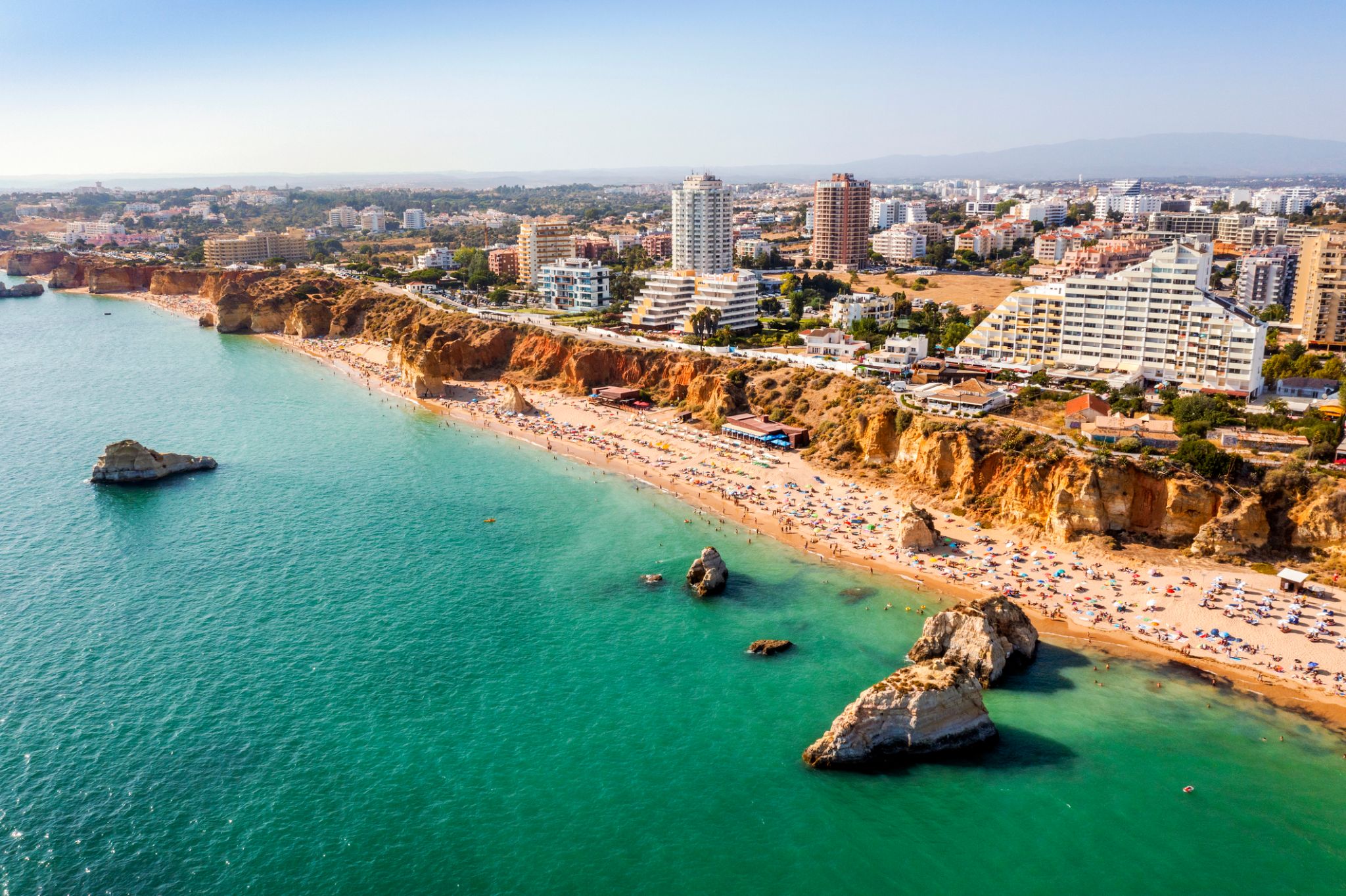 Dzień 7: 07:00-17:00
Dzień 7: 07:00-17:00Portiman / Portugalia
Portimão is a town and a municipality in the district of Faro, in the Algarve region of southern Portugal. The population in 2011 was 55,614, in an area of 182.06 km². It was formerly known as Vila Nova de Portimão. In 1924, it was incorporated as a cidadeand became known merely as Portimão. Historically a fishing and shipbuilding centre, it has nonetheless developed into a strong tourist centre oriented along its beaches and southern coast. The two most populous towns in the Algarve are Portimão and Faro.
-
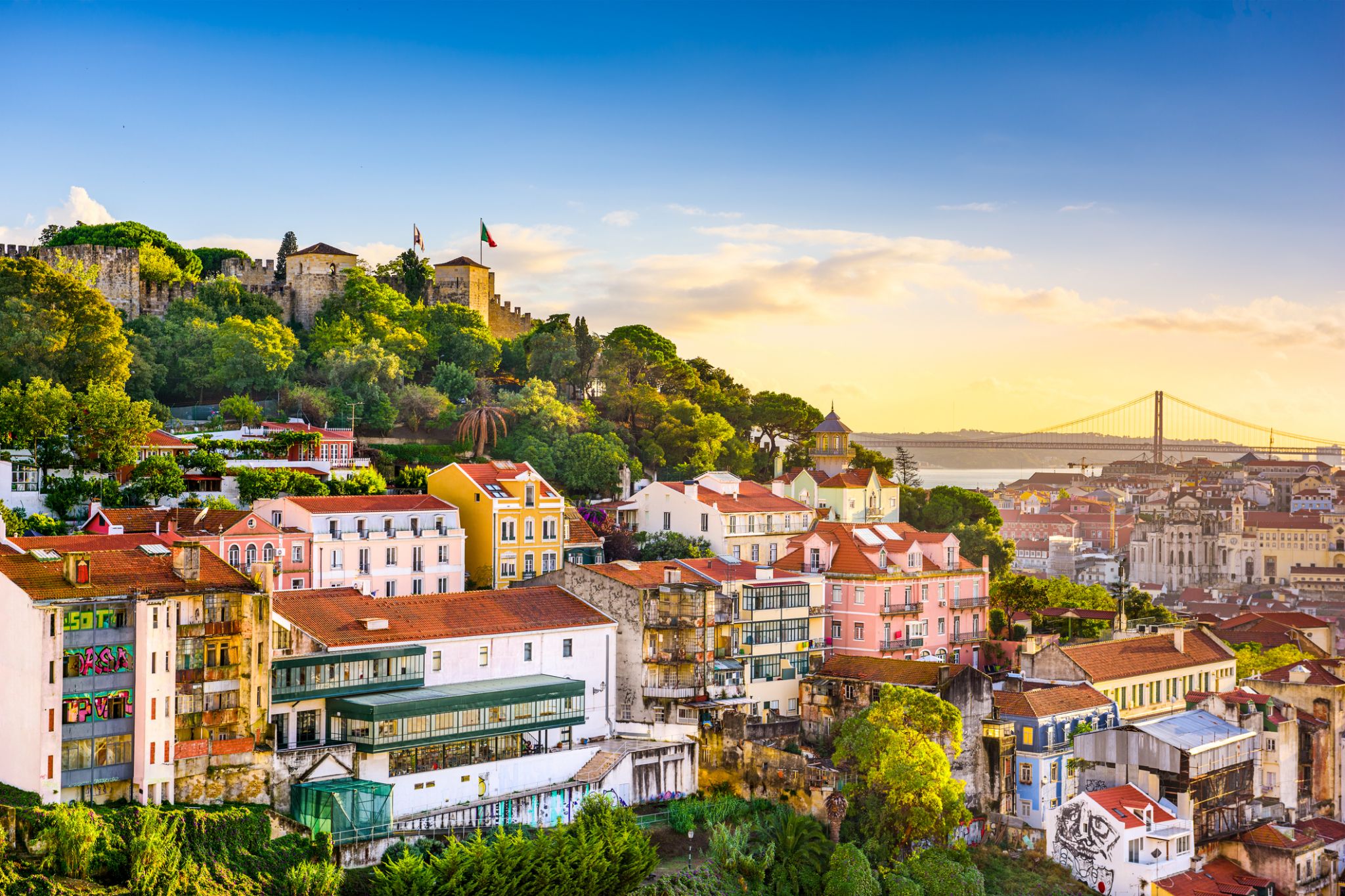 Dzień 8: 07:00-17:00
Dzień 8: 07:00-17:00Lizbona / Portugalia
Lizbona jest stolicą i największym miastem Portugalii, z szacowaną populacją 505 526 mieszkańców w granicach administracyjnych na obszarze 100,05 km². Jej obszar miejski rozciąga się poza granice administracyjne miasta i liczy około 2,8 miliona mieszkańców, co czyni go jedenastym najbardziej zaludnionym obszarem miejskim w Unii Europejskiej. Około 3 milionów ludzi mieszka w aglomeracji lizbońskiej (która stanowi około 27% populacji kraju). Jest to najbardziej wysunięta na zachód stolica kontynentalnej Europy i jedyna położona nad Oceanem Atlantyckim. Lizbona leży na zachodnim Półwyspie Iberyjskim nad Oceanem Atlantyckim i rzeką Tag. Najbardziej wysunięte na zachód obszary jej aglomeracji tworzą najbardziej wysunięty na zachód punkt kontynentalnej Europy, znany jako Cabo da Roca, położony w górach Sintra.
-
 Dzień 9:
Dzień 9:Dzień na morzu / Morze
-
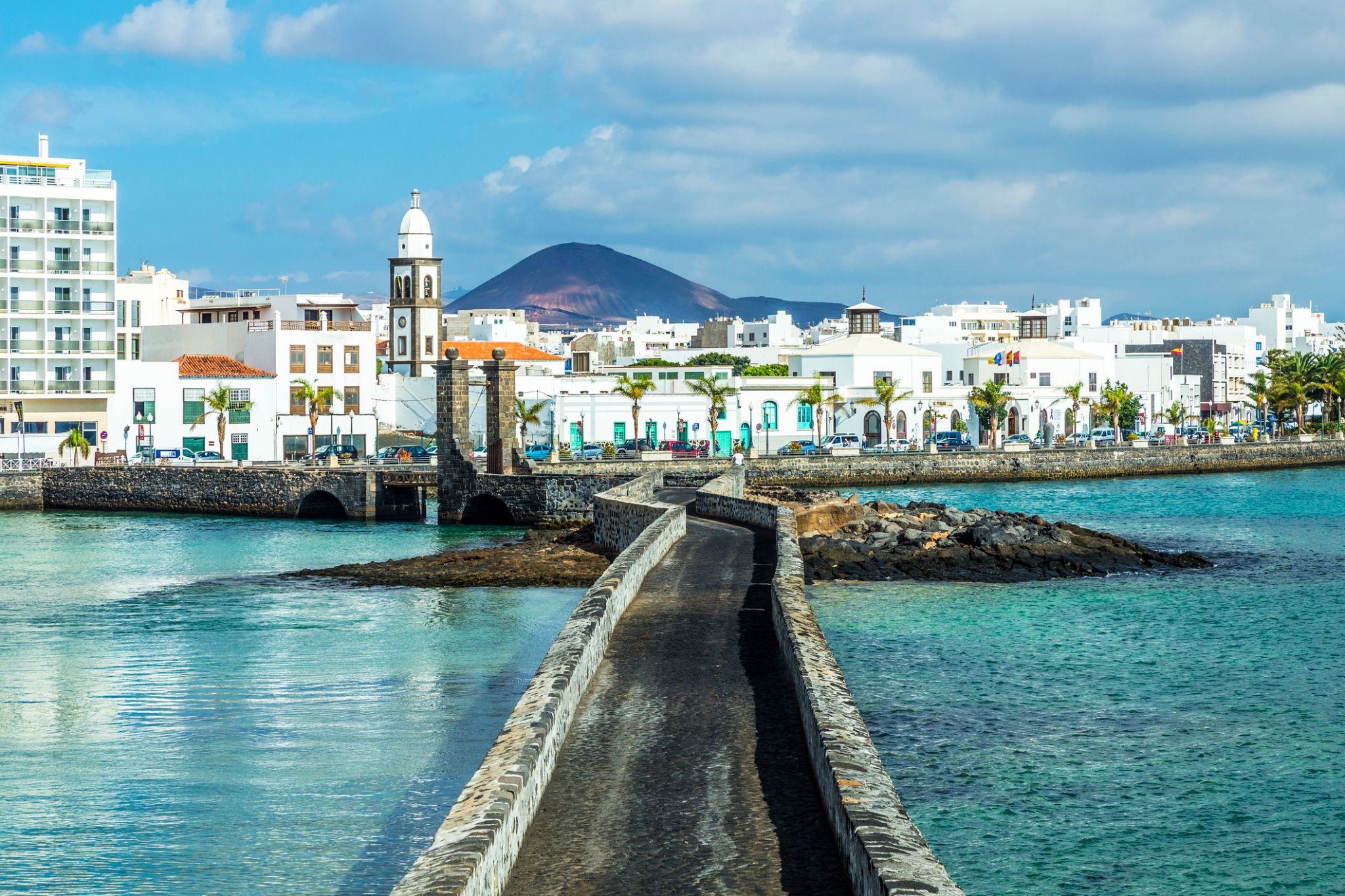 Dzień 10: 10:00-18:00
Dzień 10: 10:00-18:00Arresife / Hiszpania
-
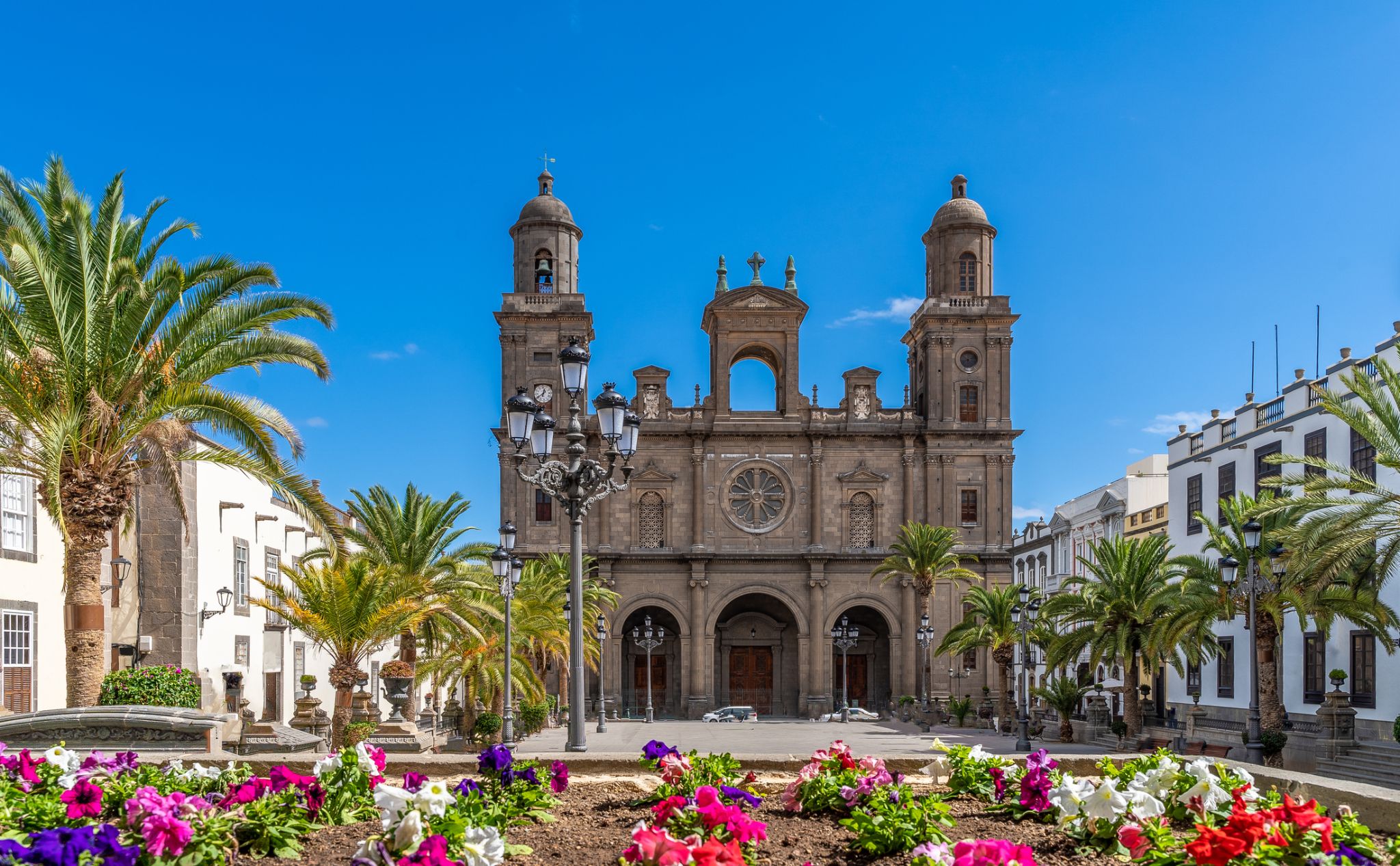 Dzień 11: 07:00-17:00
Dzień 11: 07:00-17:00Las Palmas (Gran Canaria) / Hiszpania
-
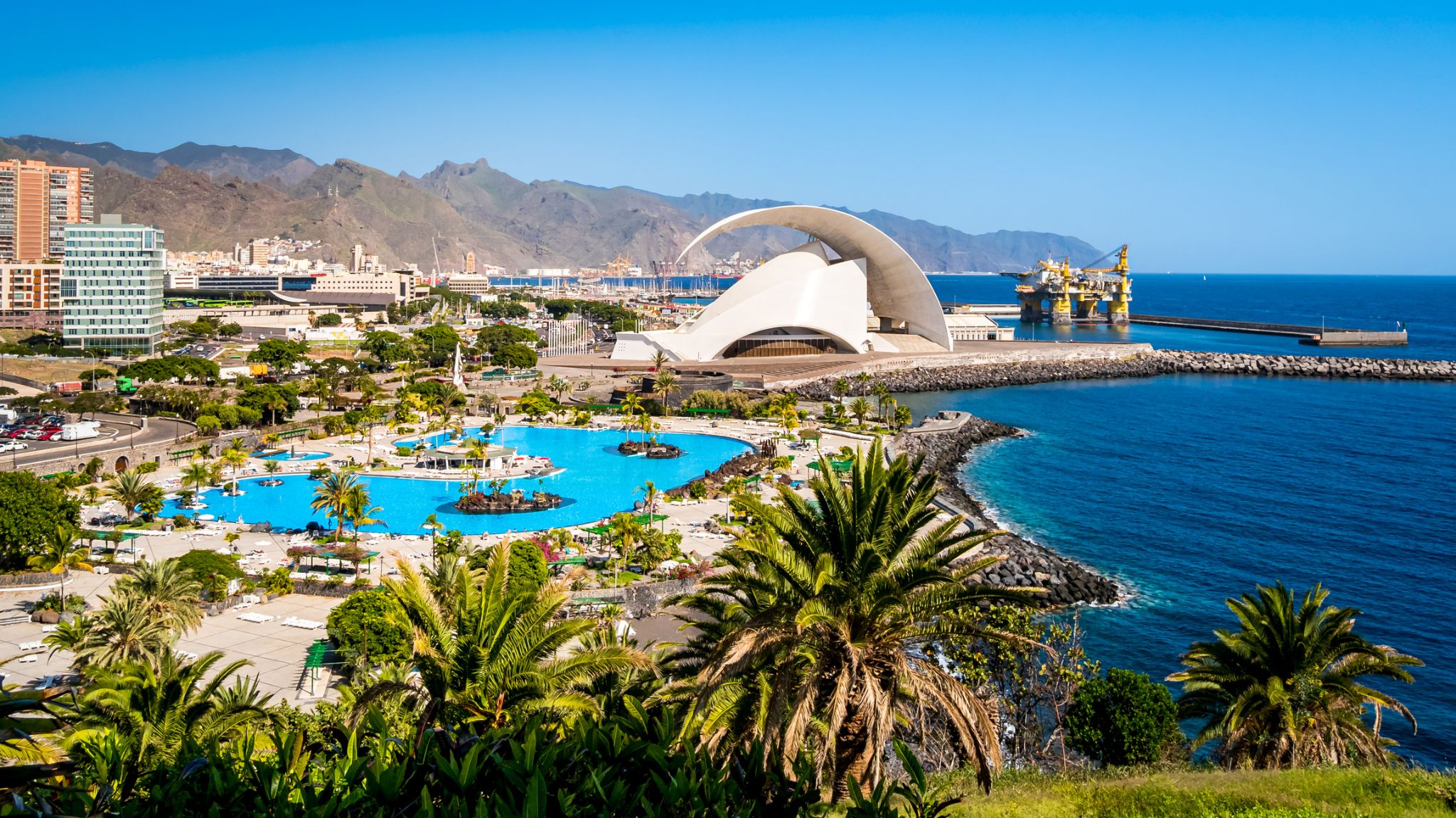 Dzień 12: 07:00-17:00
Dzień 12: 07:00-17:00Santa Cruz, około. Teneryfa (Wyspy Kanaryjskie) / Hiszpania
-
 Dzień 13:
Dzień 13:Dzień na morzu / Morze
-
 Dzień 14:
Dzień 14:Dzień na morzu / Morze
-
 Dzień 15:
Dzień 15:Dzień na morzu / Morze
-
 Dzień 16:
Dzień 16:Dzień na morzu / Morze
-
 Dzień 17:
Dzień 17:Dzień na morzu / Morze
-
 Dzień 18:
Dzień 18:Dzień na morzu / Morze
-
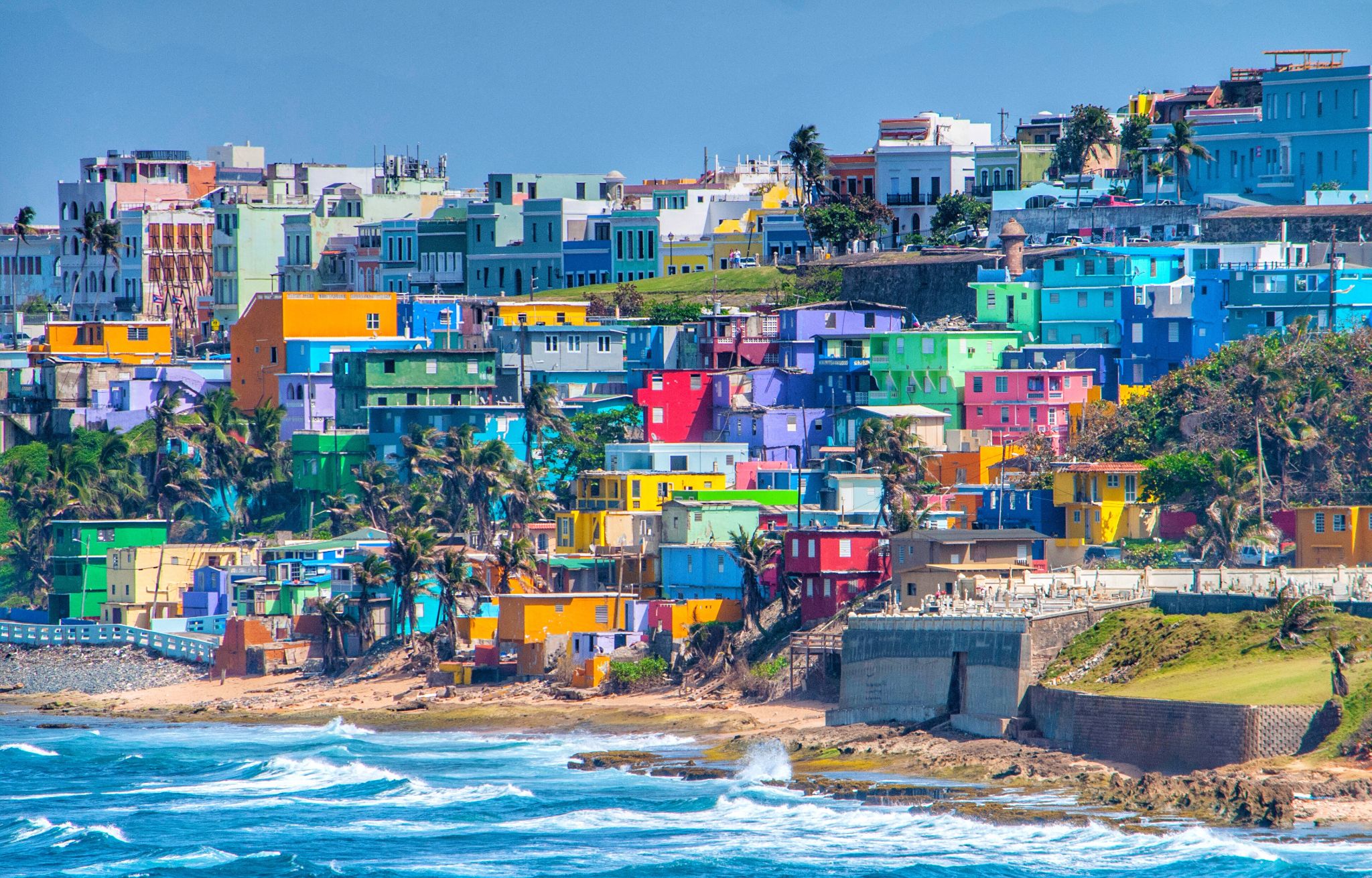 Dzień 19: 11:00
Dzień 19: 11:00San Juan / Portoryko
San Juan
-
 Dzień 20: 11:00
Dzień 20: 11:00San Juan / Portoryko
San Juan
-
 Dzień 21:
Dzień 21:Dzień na morzu / Morze
-
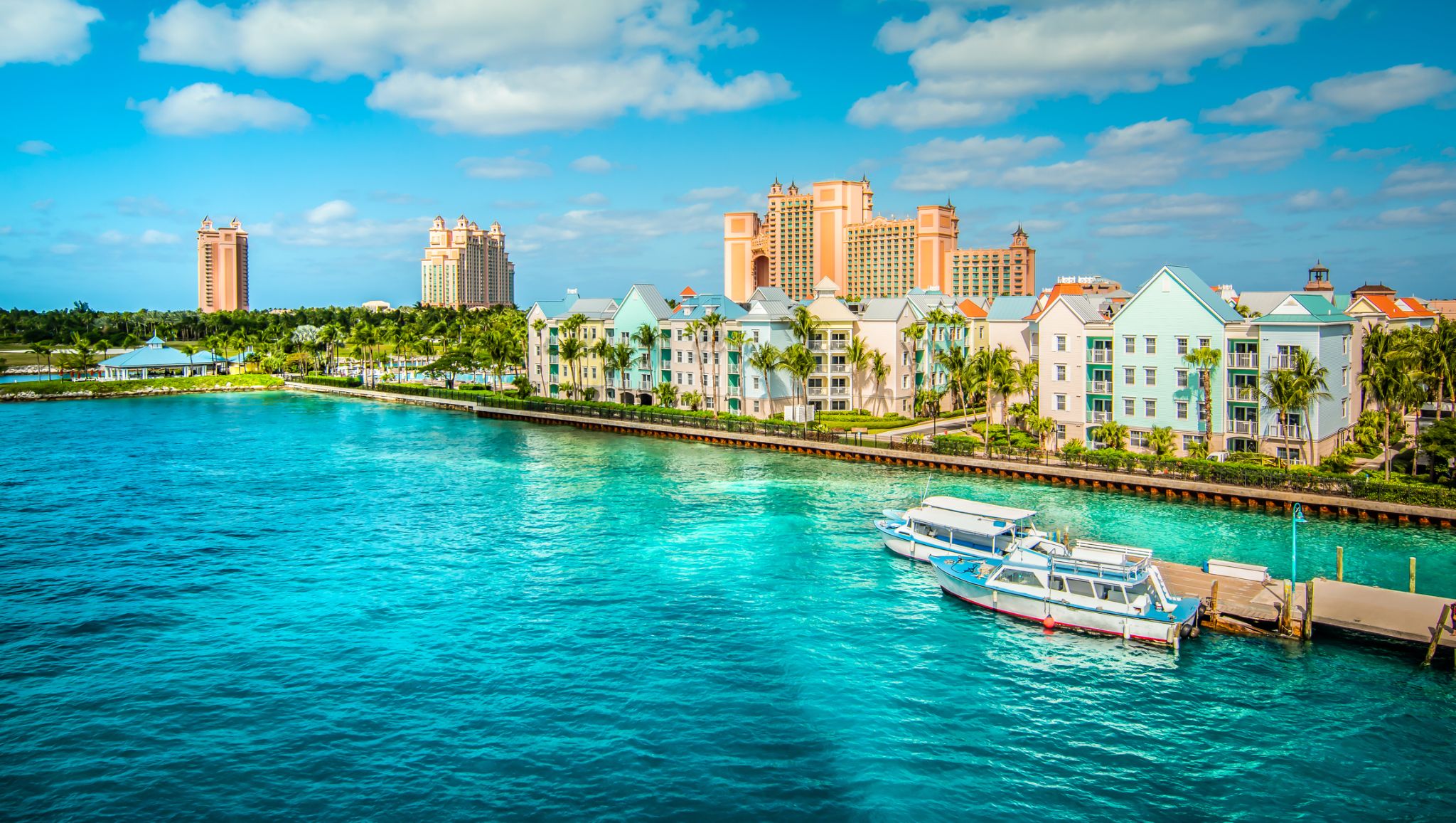 Dzień 22: 11:00-17:00
Dzień 22: 11:00-17:00Nassau / Bahamy
a port on the island of New Providence, capital of the Bahamas; population 240,000 (est. 2007).
-
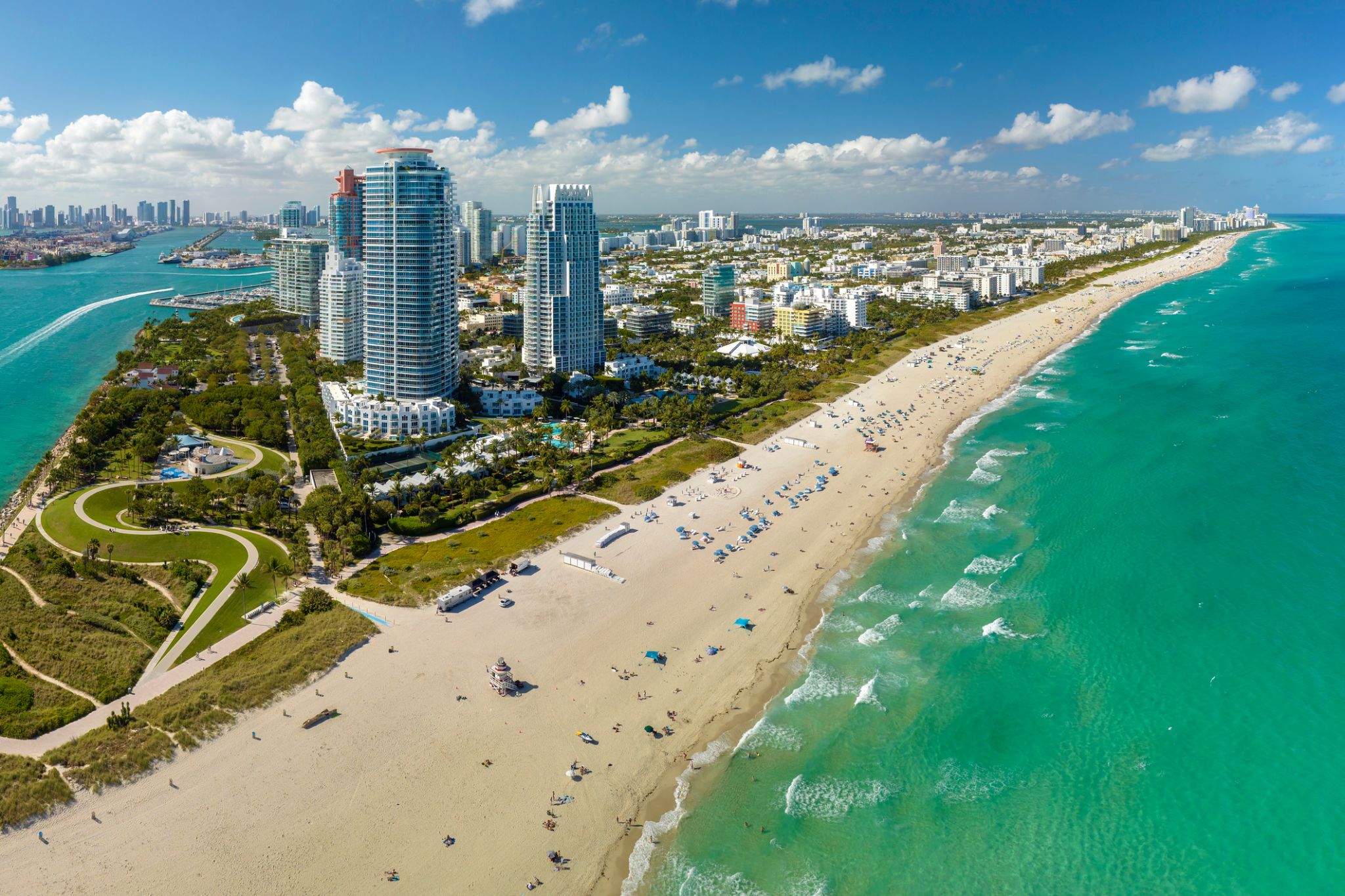 Dzień 23: 07:00-17:00
Dzień 23: 07:00-17:00Miami / USA
Miami, officially the City of Miami, is the cultural, economic and financial center of South Florida. Miami is the seat of Miami-Dade County, the most populous county in Florida. The city covers an area of about 56.6 square miles (147 km2), between the Everglades to the west and Biscayne Bay on the east; with a 2017 estimated population of 463,347, Miami is the sixth most densely populated major city in the United States. The Miami metropolitan area is home to 6.1 million people and the seventh-largest metropolitan area in the nation. Miami's metro area is the second-most populous metropolis in the southeastern United States and fourth-largest urban area in the U.S.
Miami is a major center, and a leader in finance, commerce, culture, media, entertainment, the arts, and international trade. The Miami Metropolitan Area is by far the largest urban economy in Florida and the 12th largest in the United States with a GDP of $344.9 billion as of 2017. In 2012, Miami was classified as an "Alpha−" level world city in the World Cities Study Group's inventory. In 2010, Miami ranked seventh in the United States and 33rd among global cities in terms of business activity, human capital, information exchange, cultural experience, and political engagement. In 2008, Forbes magazine ranked Miami "America's Cleanest City", for its year-round good air quality, vast green spaces, clean drinking water, clean streets, and citywide recycling programs. According to a 2009 UBS study of 73 world cities, Miami was ranked as the richest city in the United States, and the world's seventh-richest city in terms of purchasing power. Miami is nicknamed the "Capital of Latin America" and is the largest city with a Cuban-American plurality.
Greater Downtown Miami has one of the largest concentrations of international banks in the United States, and is home to many large national and international companies. The Civic Center is a major center for hospitals, research institutes, medical centers, and biotechnology industries. For more than two decades, the Port of Miami, known as the "Cruise Capital of the World", has been the number one cruise passenger port in the world. It accommodates some of the world's largest cruise ships and operations, and is the busiest port in both passenger traffic and cruise lines. Metropolitan Miami is also a major tourism hub in the southeastern U.S. for international visitors, ranking number two in the country after New York City.
